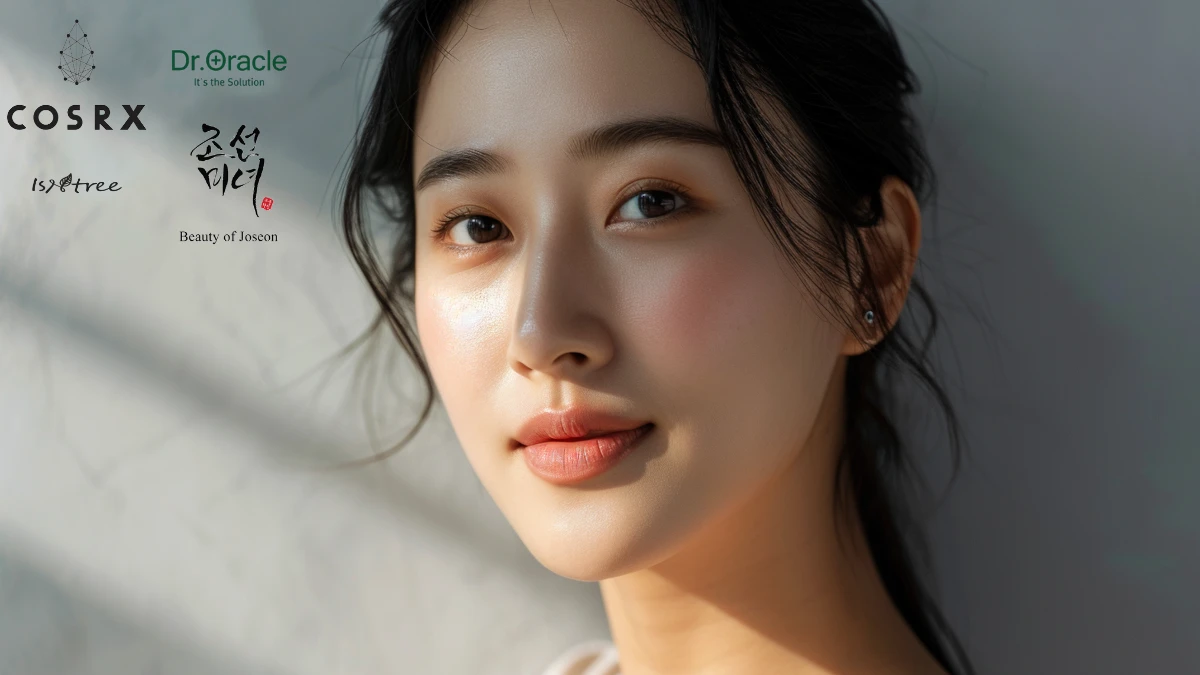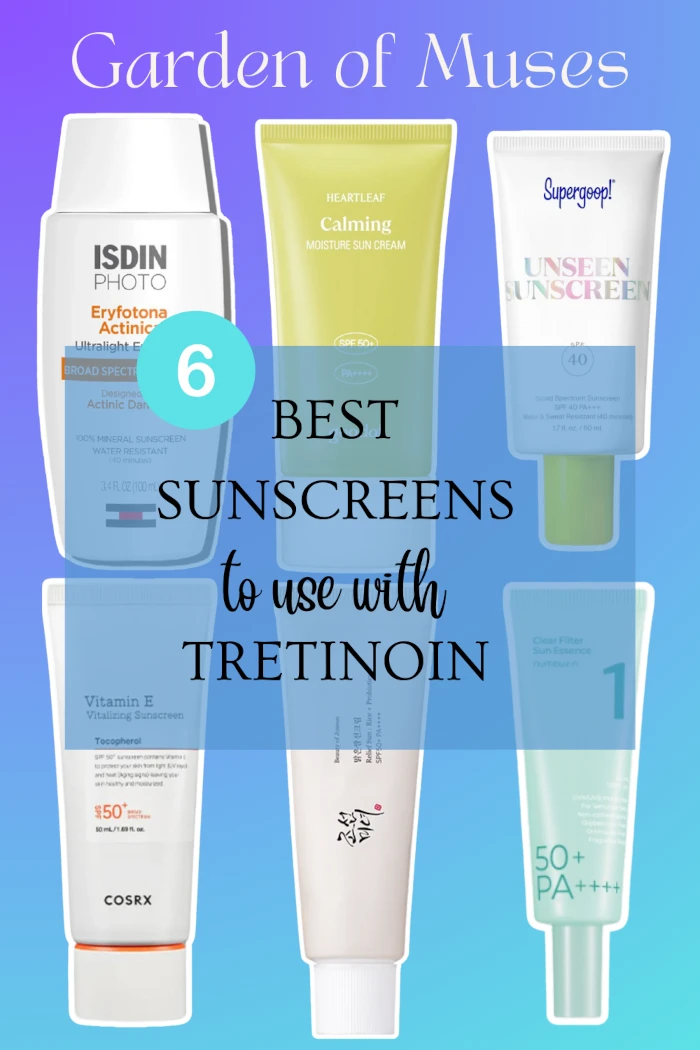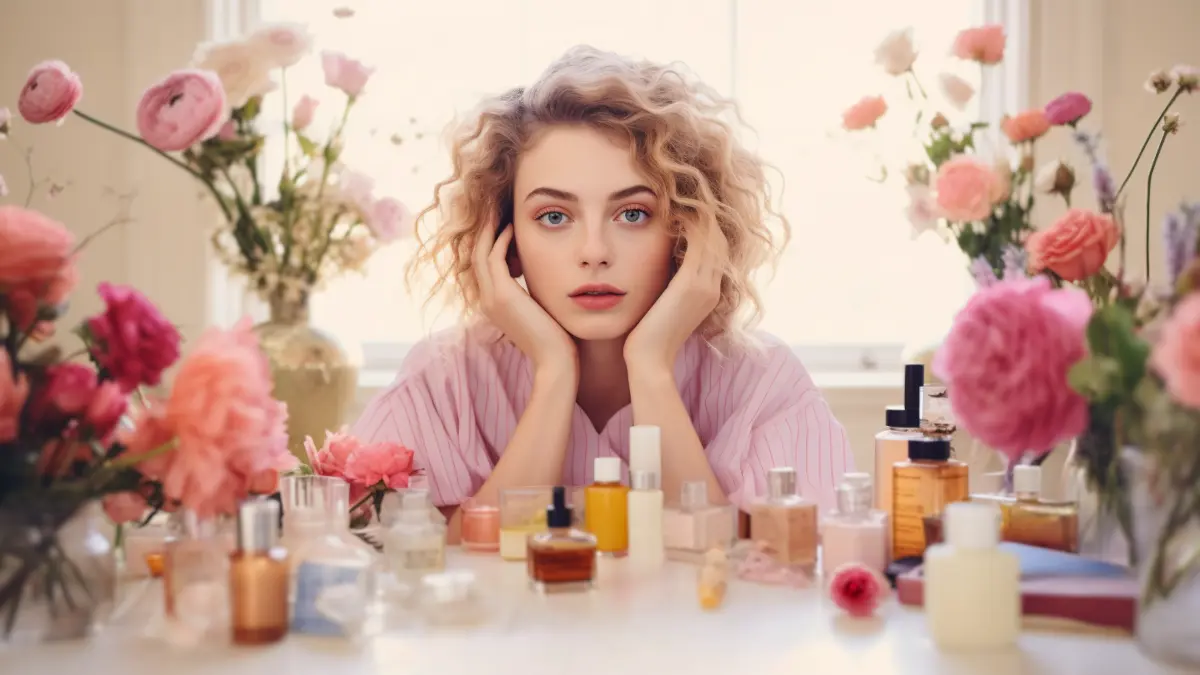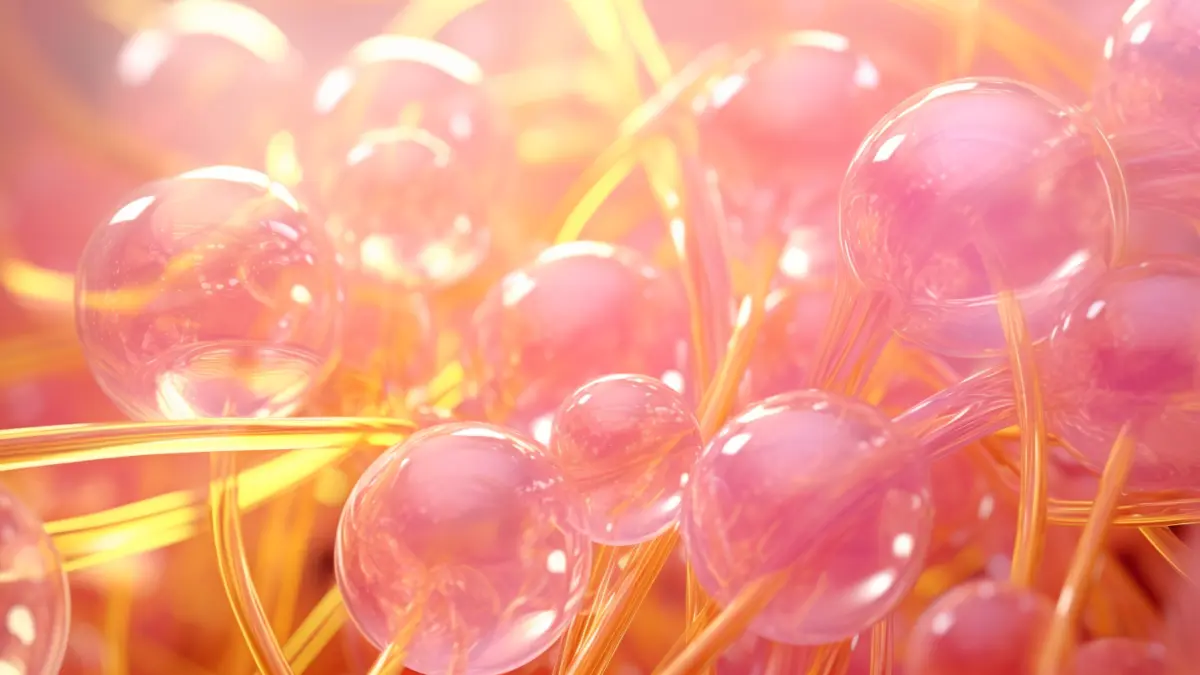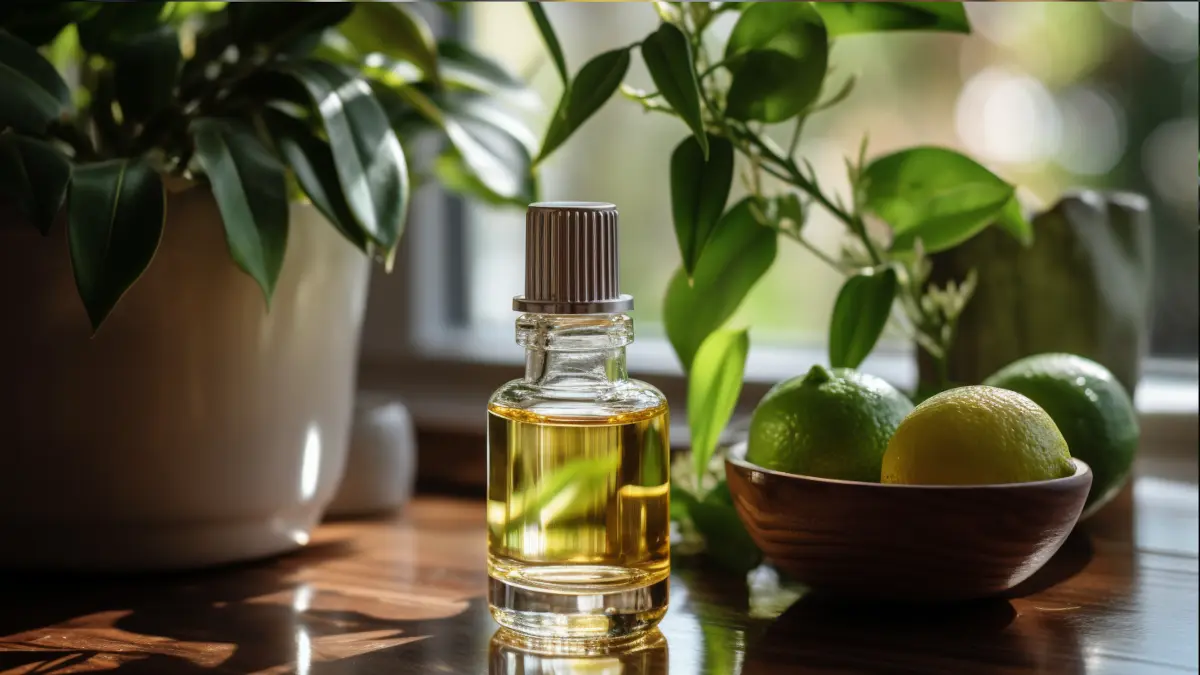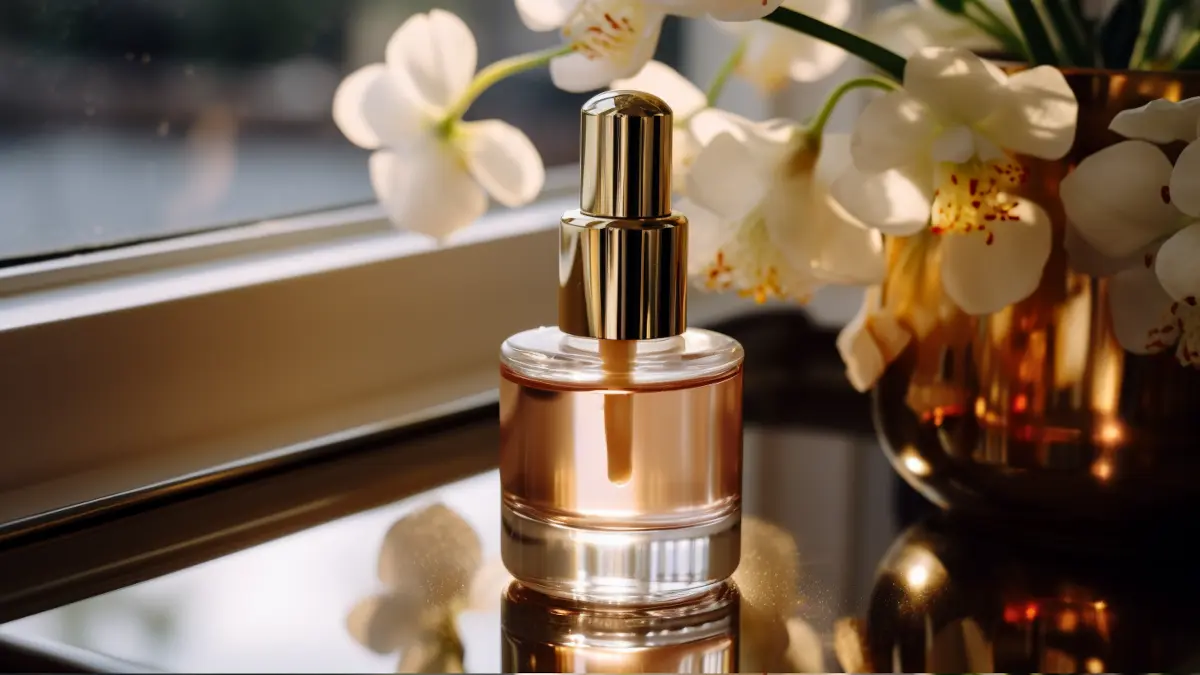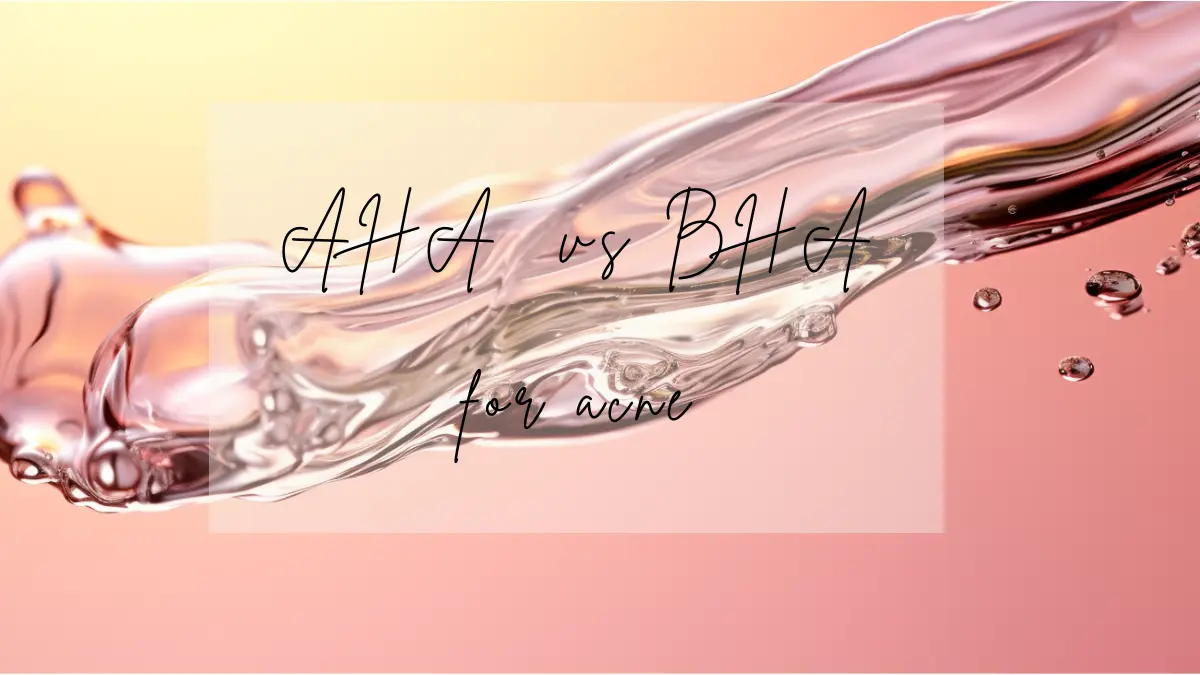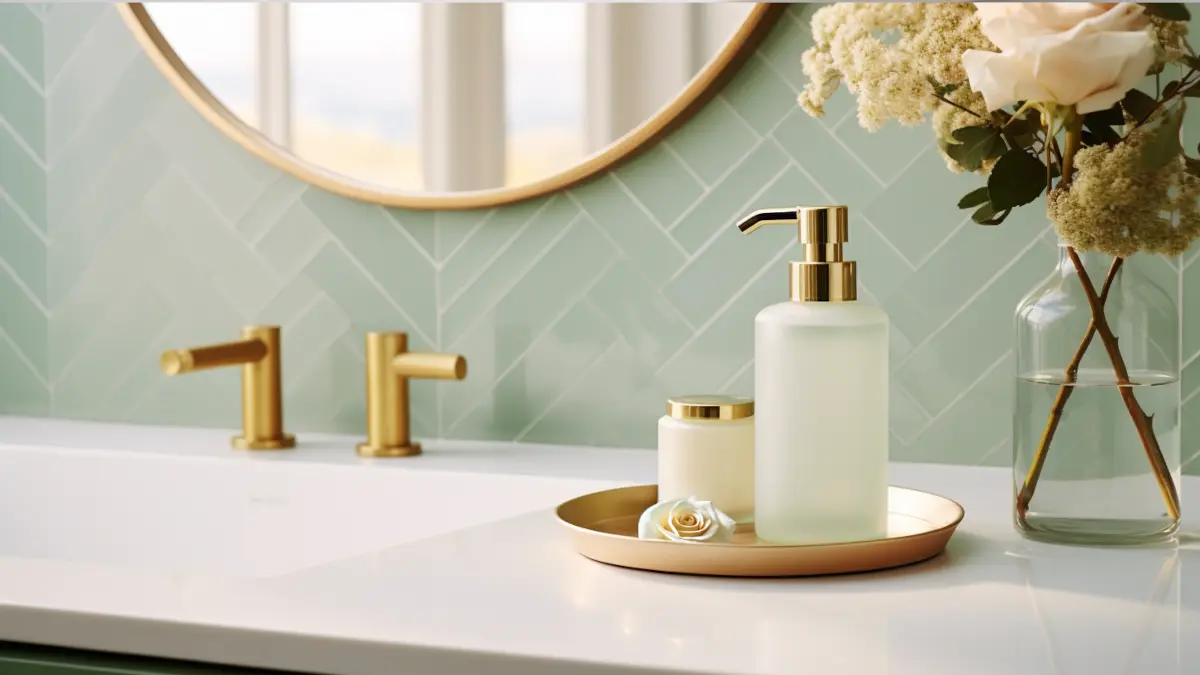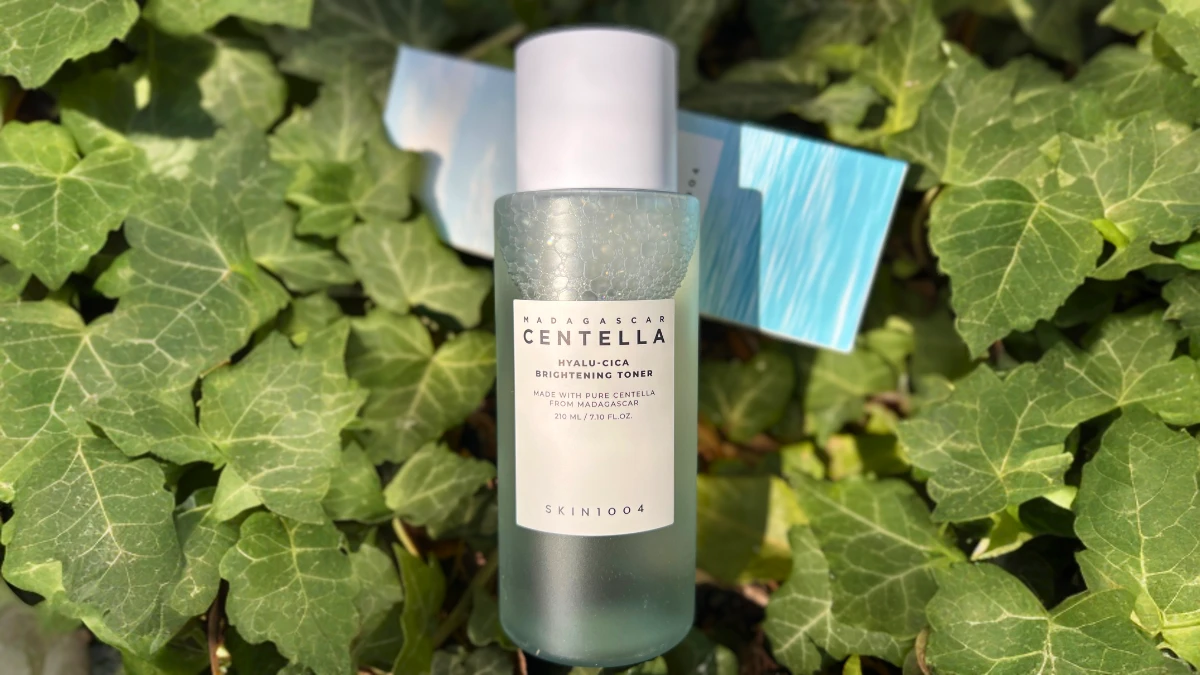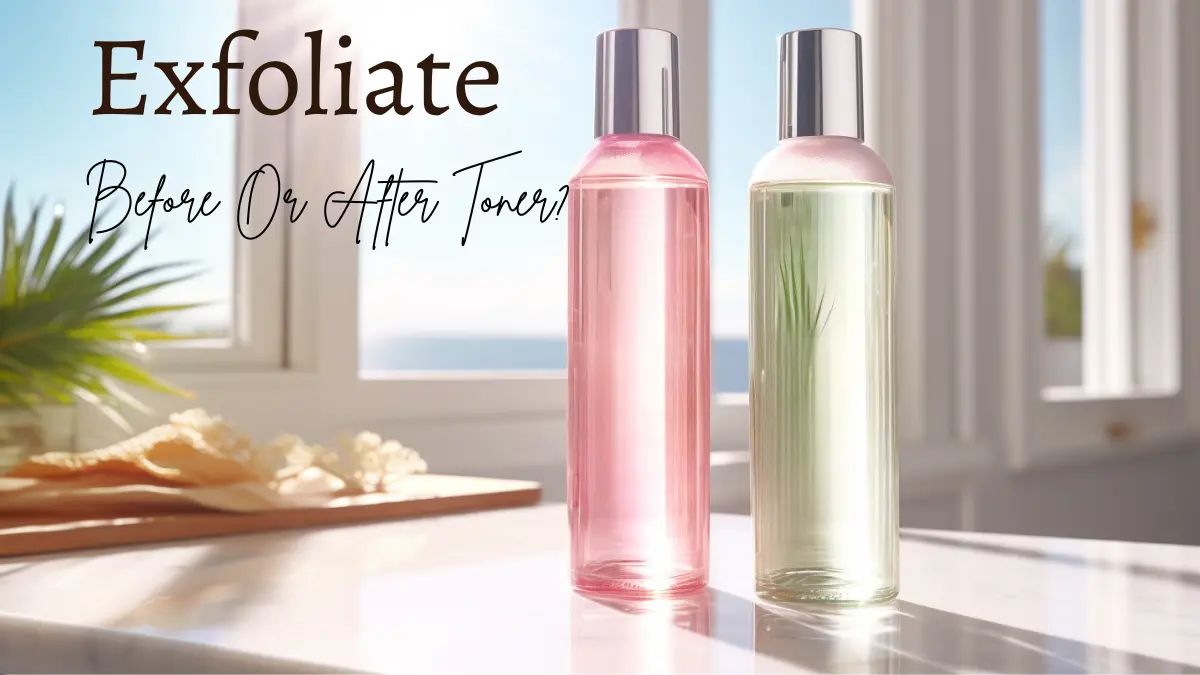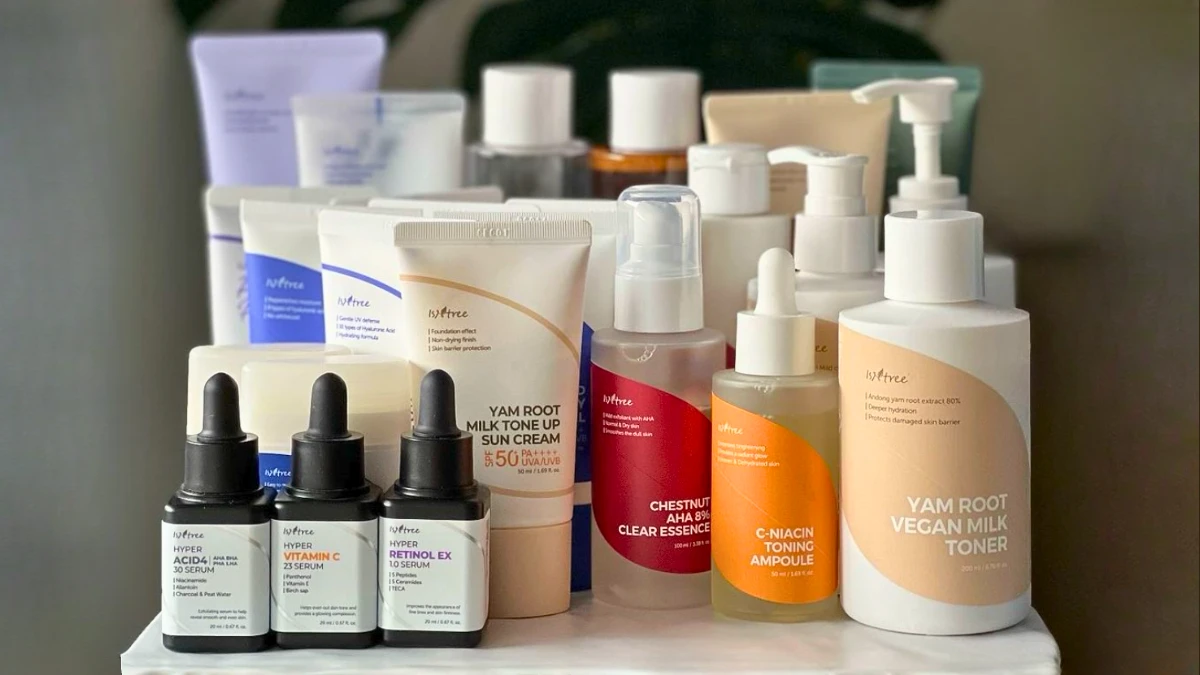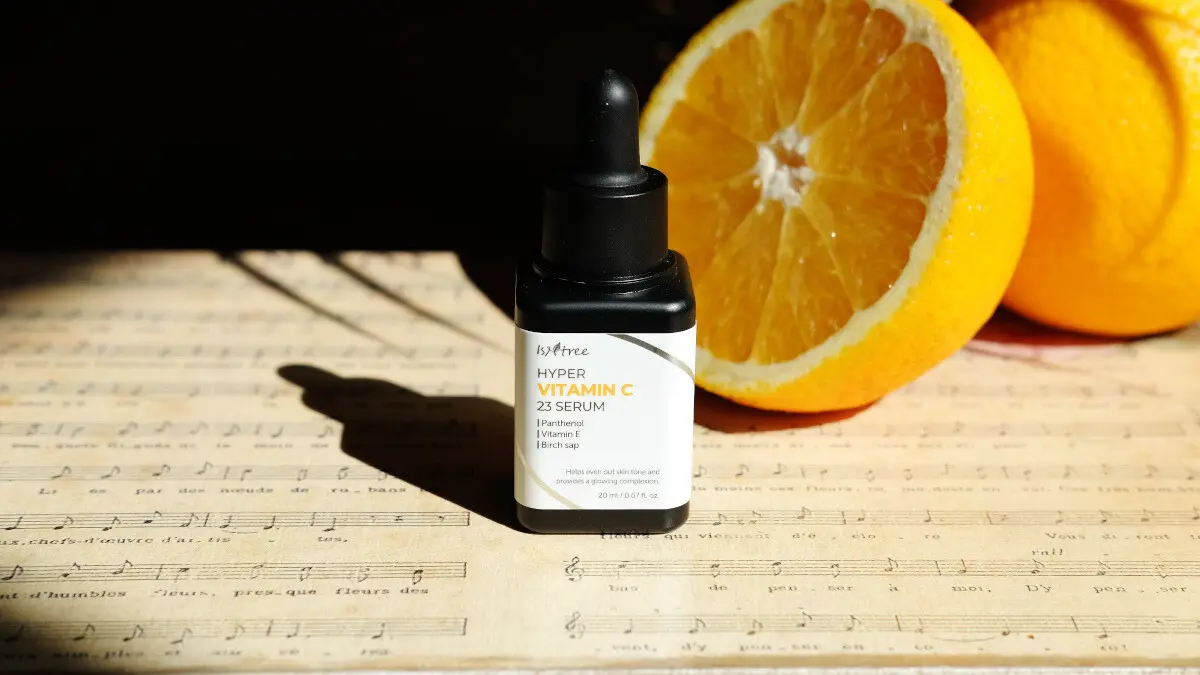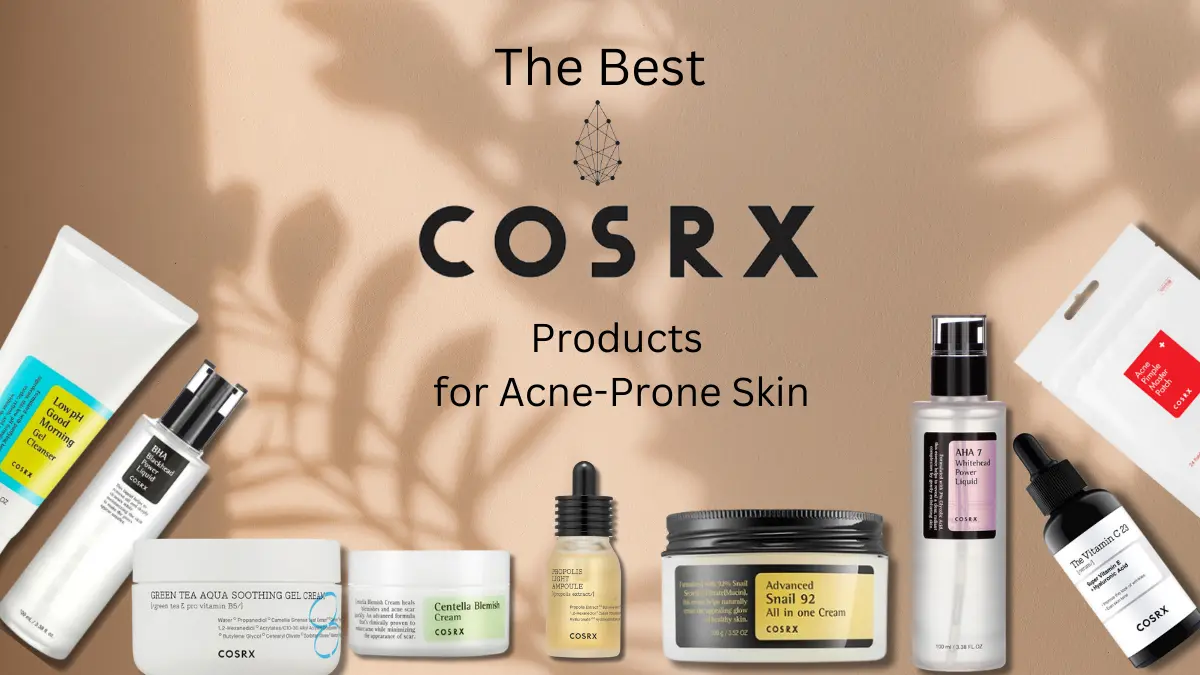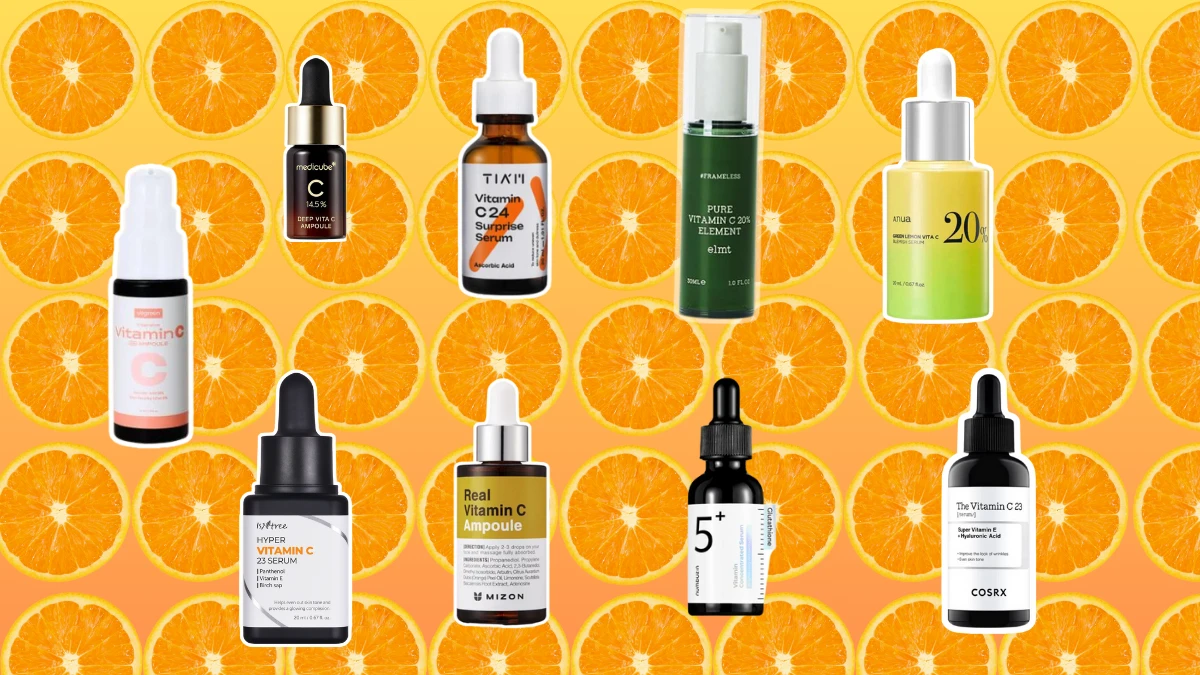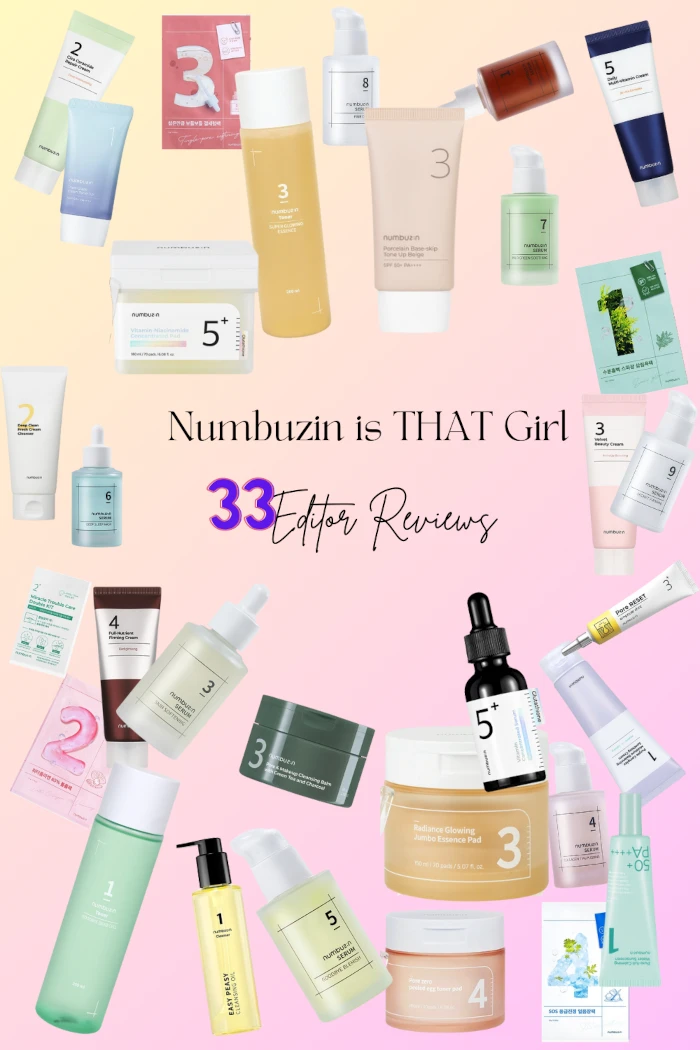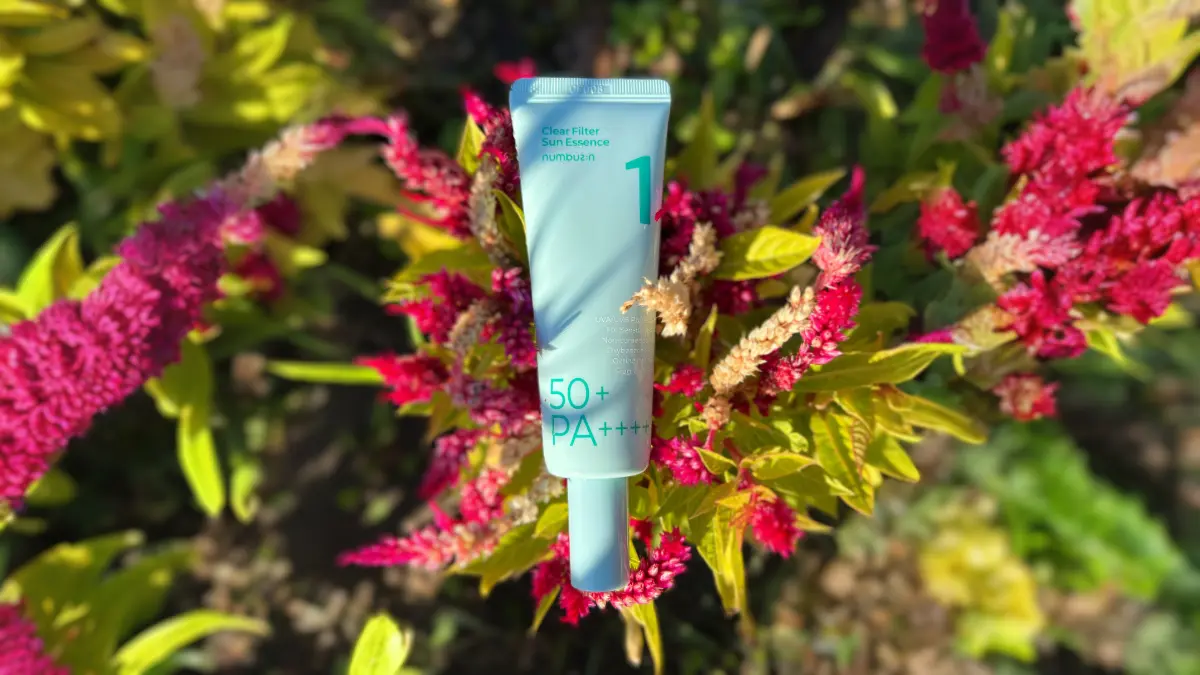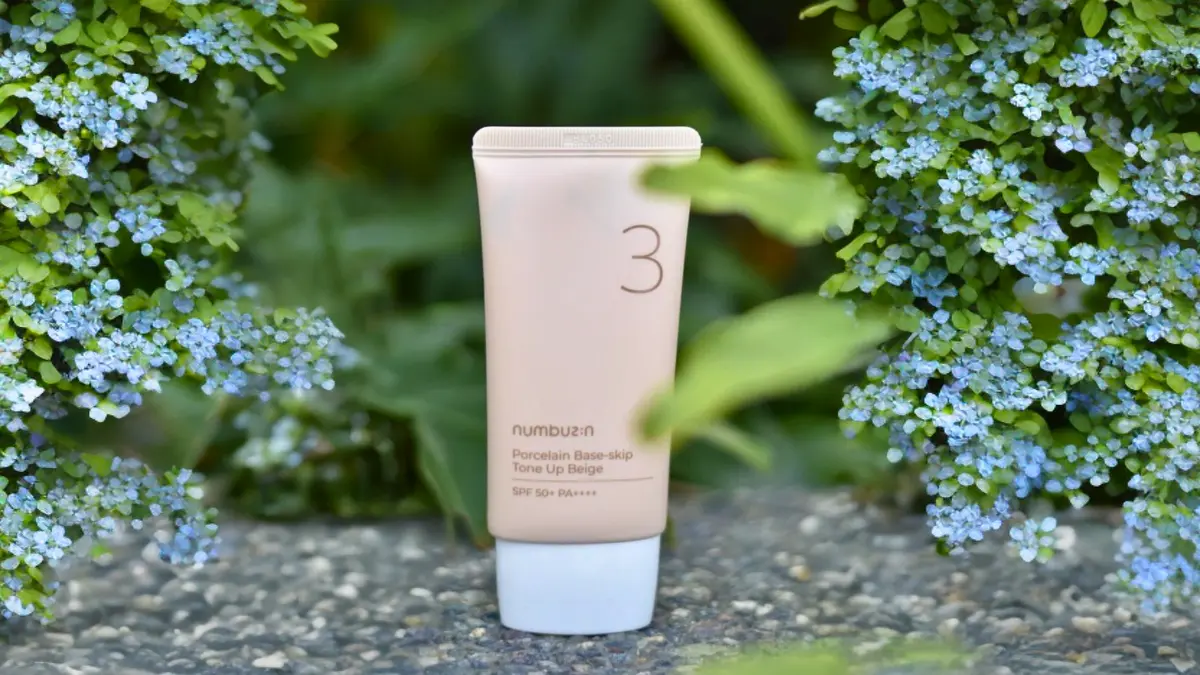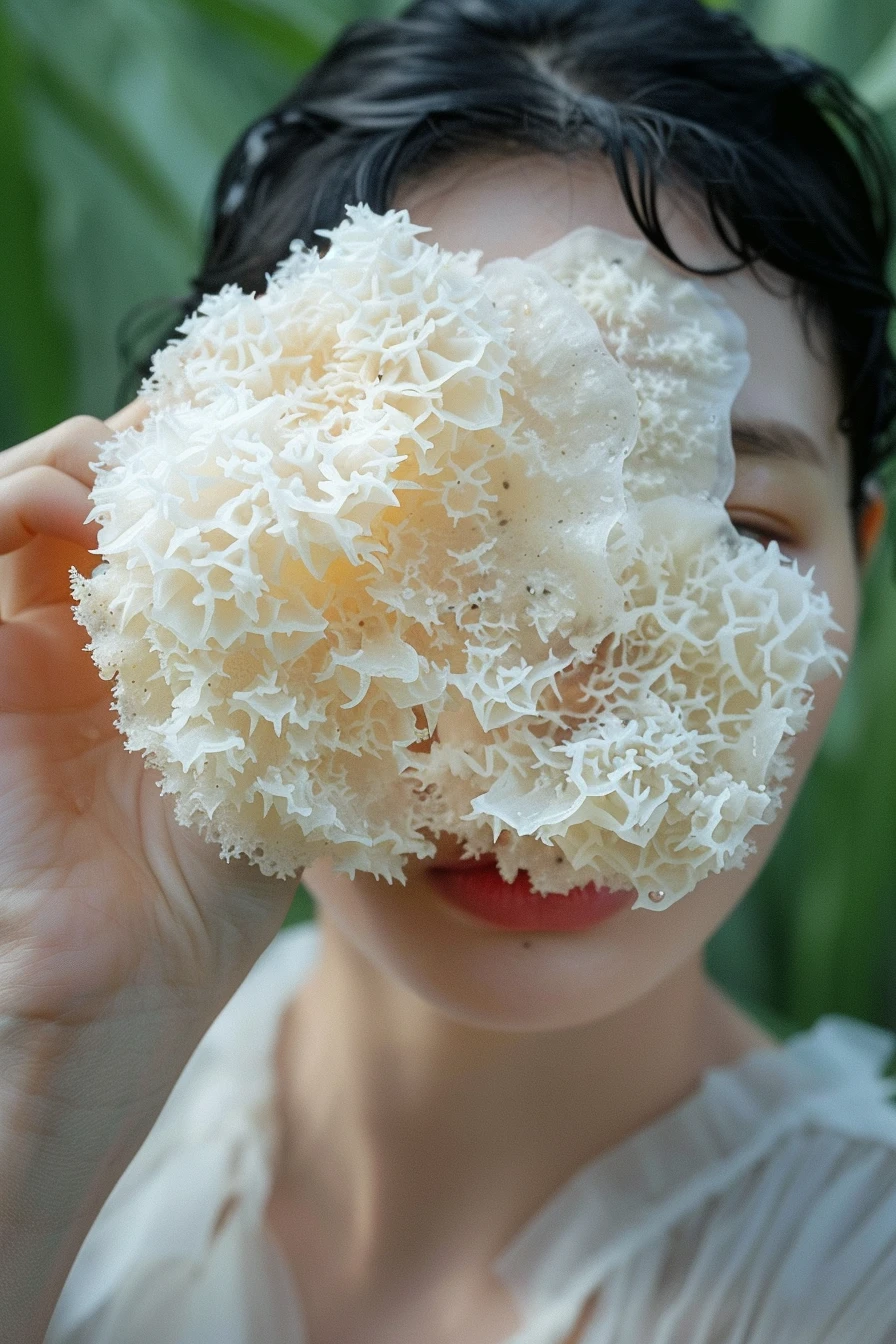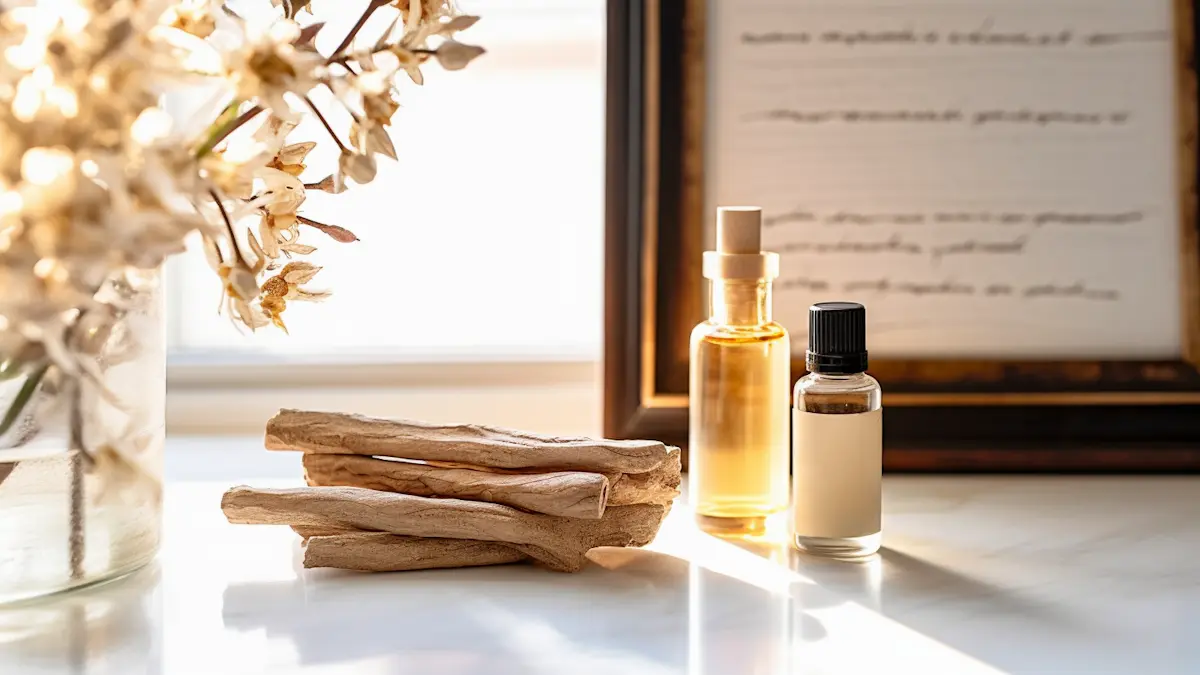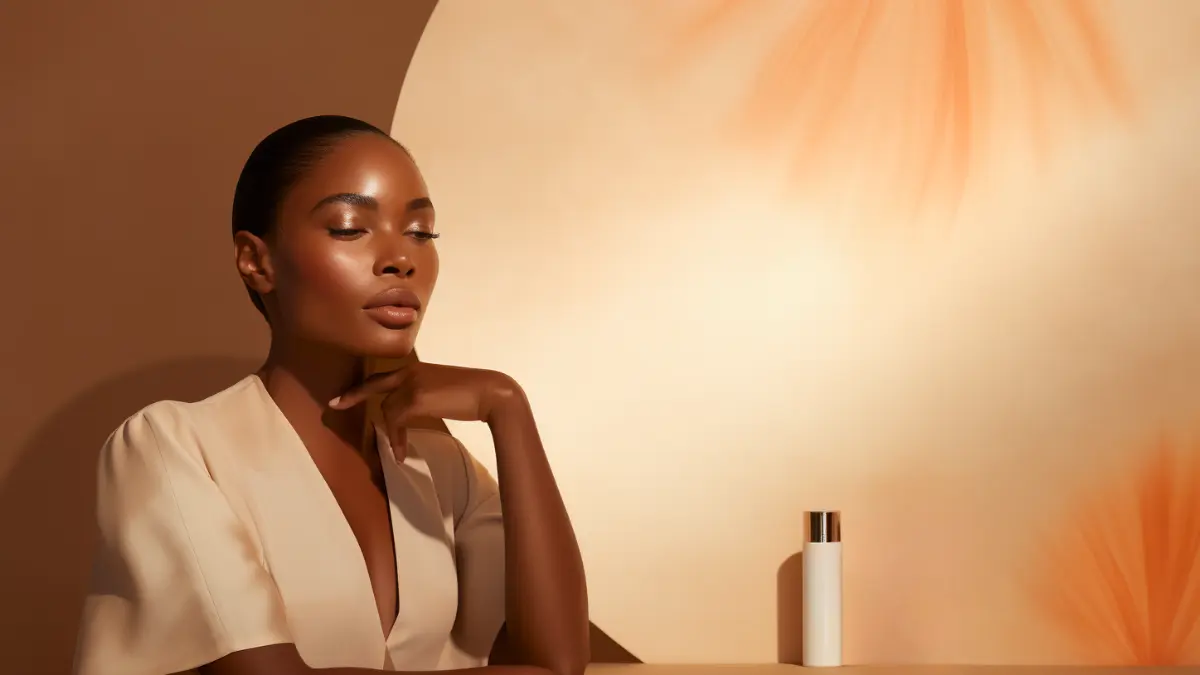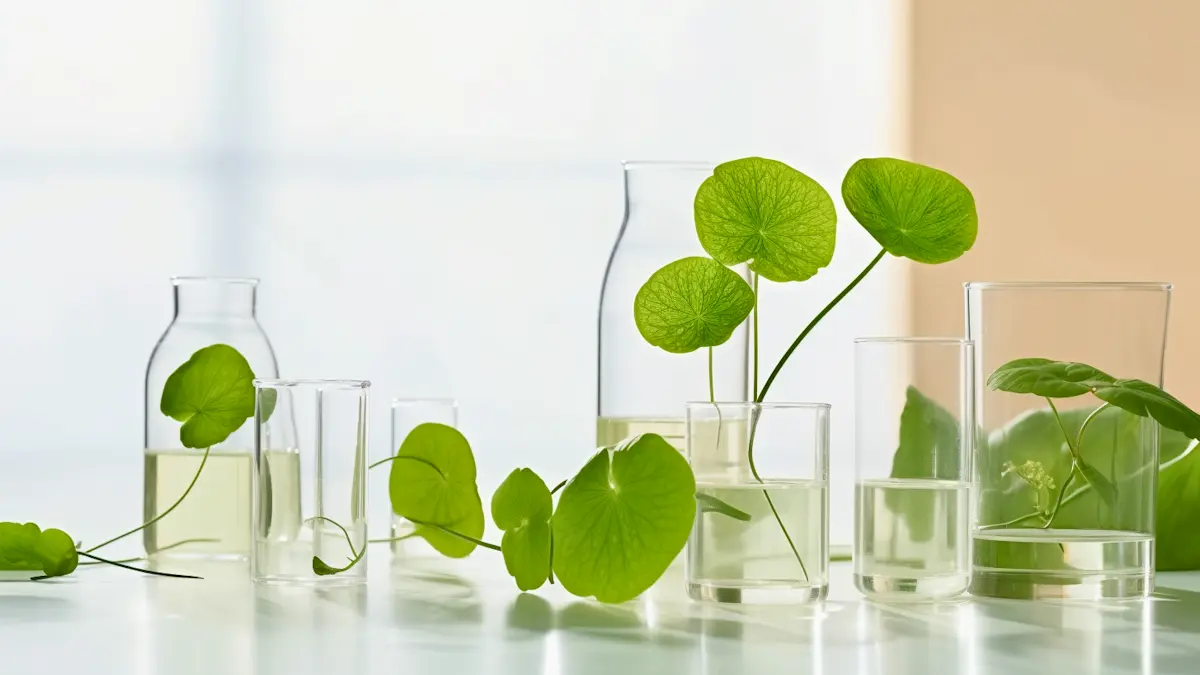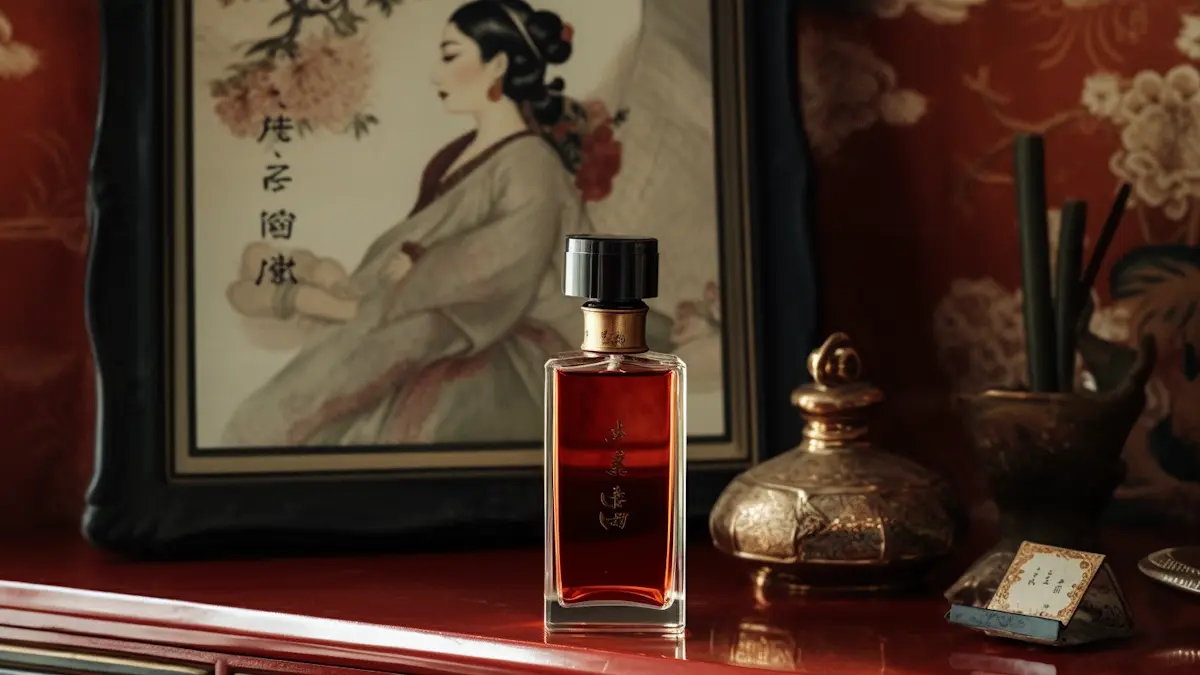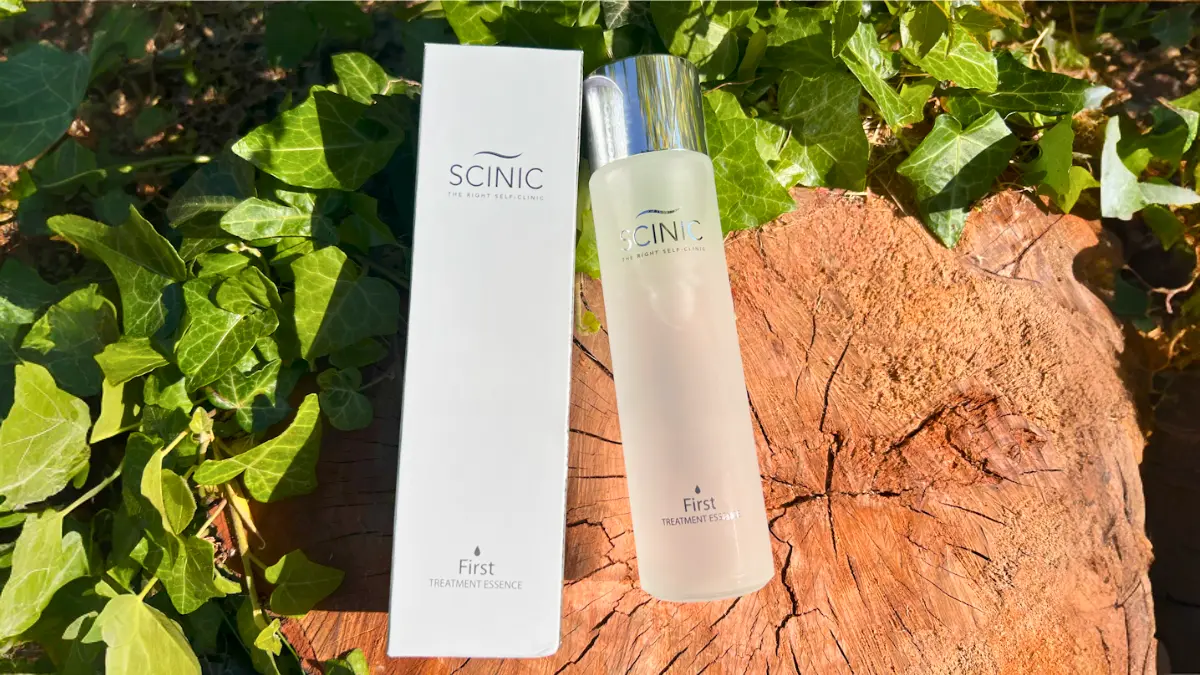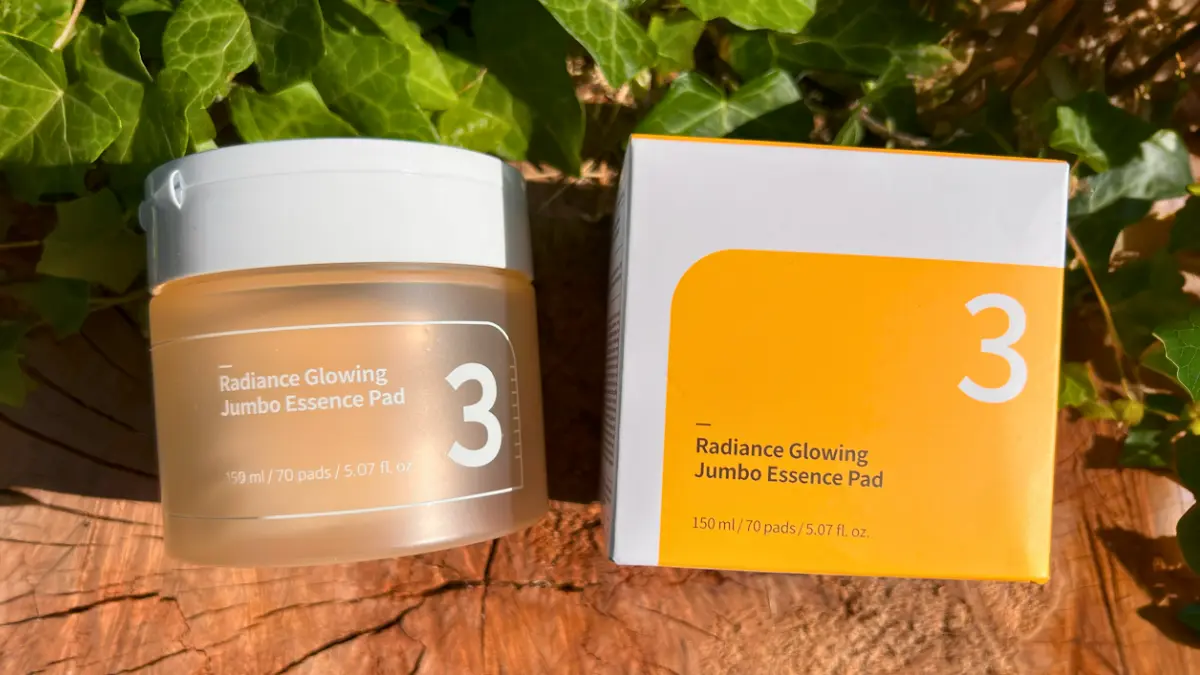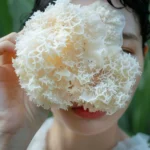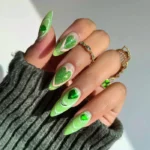One of the most common things that I hear from aestheticians both online and in my personal and professional life is that dehydration in the skin is one of the most common things they encounter and also one of the most detrimental things to the skin. It’s not too different from the rest of your body—you don’t drink enough water and start sliding down a slippery slope of dry lips, headaches, lack of energy, etc.
When wanting to improve our skin, we’re often so busy searching for the best anti-aging, anti-inflammatory, or anti-acne ingredients to include in our skincare routine that we often forget about one of the most essential and fundamental things we can do to keep our skin healthy and glowing – humectants for skin!
Humectants in Skin Care, at a Glance:
It’s essential to the skin’s overall health to keep it hydrated to ensure a healthy skin barrier, prevent fine lines and wrinkles, reduce irritation and breakouts, and ensure your routine can be as effective as possible. Nothing will get through a dried-out top layer of skin.
That dry layer also will keep your skin from looking great. Wrinkles will look more pronounced, raised texture from things like breakouts will now be red and crusty, and your pores will look more prominent and get clogged more quickly. Your general complexion will look pretty flat and dull. I think this is not a condition you want your skin to be in regularly, and it can impact both the appearance as well as the overall health of your complexion.
Also, for a beautiful and even complexion, I highly recommend you read Alyssa’s guide on treating hyperpigmentation. It is massive.
She goes over the different types of hyperpigmentation. She gives excellent science-backed information on all potent ingredients, such as:
- retinol (and other retinoids),
- vitamin C,
- hydroquinone,
- niacinamide,
- arbutin,
- azelaic acid,
- kojic acid,
- licorice root extract,
- natural oils,
- chemical exfoliants.
Many ingredients help keep the skin hydrated; although many sound boring, our skin needs them. Hydrators like glycerin or hyaluronic acid aren’t usually at the forefront of the discussion regarding top anti-aging ingredients. But maintaining a solid foundation for your skin’s general health and function goes a long way to keeping things looking and feeling young for as long as possible.
These ingredients are collectively known as humectants, and today, I will tell you about the best ones to look for in skincare products to ensure your skin stays hydrated and healthy.
Luckily, Korean skincare is all about keeping the skin hydrated – so there is no shortage of skincare products that contain humectants. However, some products top the rest regarding skin hydration, and I have included recommendations for hydrating skincare products throughout this article.
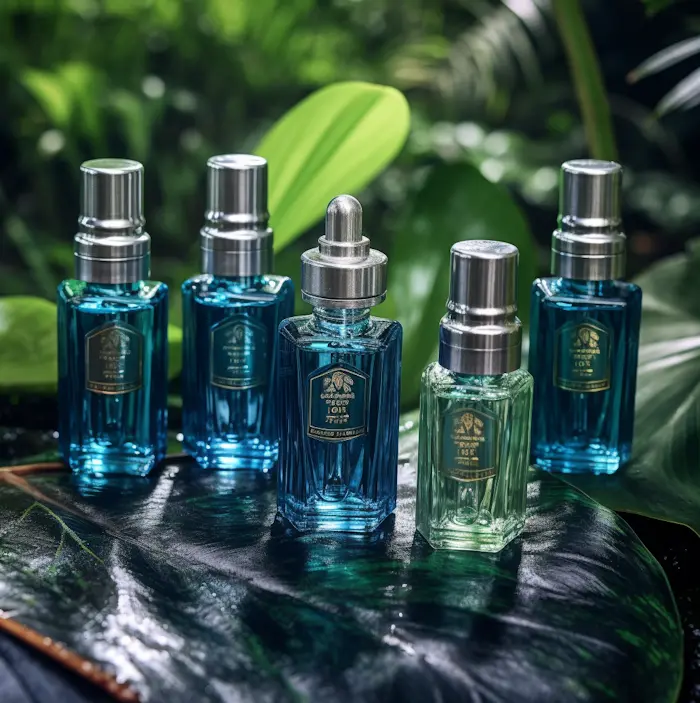
What is a Humectant?
Humectants are the key to having hydrated skin. But what exactly is a humectant? And how does it work?
A humectant is an ingredient that draws water molecules out of its environment towards itself.
Humectants’ unique chemical structure allows them to form strong bonds with one of the hydrogen atoms of water molecules. When we apply humectants to our skin, this strong hydrogen bond prevents water molecules from evaporating into the air, keeping the outer layer of our skin (the stratum corneum) hydrated.
In a nutshell, they are fantastic at keeping skin hydrated and an absolute essential in many formulations.
Humectant Examples
The most common humectants in skincare products are hyaluronic acid (or sodium hyaluronate), glycerin, butylene glycol (propylene glycol), and panthenol. But there are others also: aloe vera, alpha-hydroxy acids, beta-glucan, snail mucin, and honey.
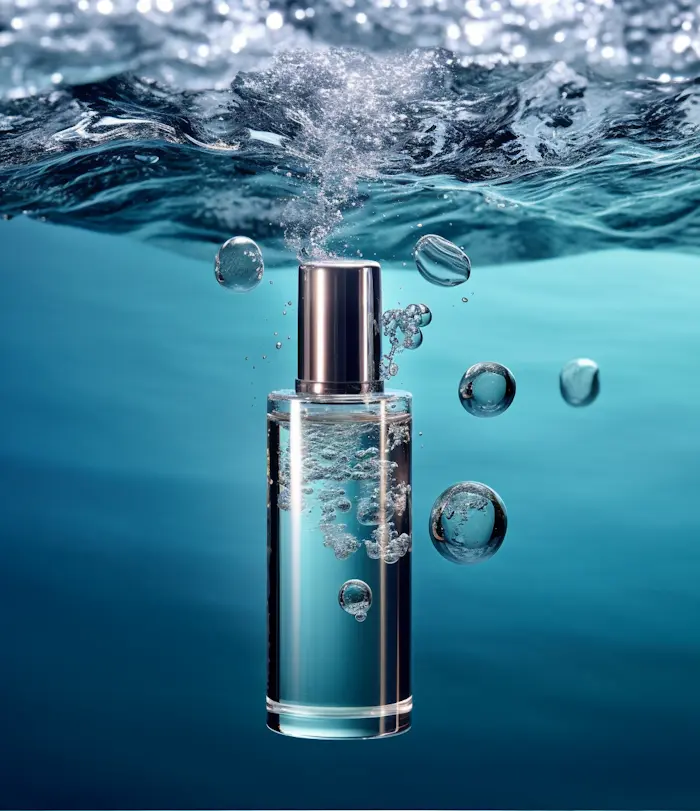
Why Is Skin Hydration Important?
Water is essential to our skin’s normal functioning – especially the outer layer – the stratum corneum. Our skin carefully regulates the amount of water it loses (via trans-epidermal water loss). However, this function only works properly if our skin’s moisture barrier isn’t damaged.
Skin with a damaged moisture barrier has an increased rate of trans-epidermal water loss, resulting in dry, rough, and flaking skin, which is more prone to irritation, acne, fine lines and wrinkles, and even dermatitis.
Skin that is not adequately hydrated can also not perform essential functions properly – such as desquamation, meaning the shedding of dead skin cells and the formation of the cornified cell envelope, our skin’s first line of defense against environmental insults.
Of course, environmental factors, such as cold and dry air, can increase trans-epidermal water loss. Using high-pH cleansers and other products with astringent ingredients, such as denatured alcohol and witch hazel, can also result in more water loss from the skin.
A Korean study conducted using mice investigated the effect of pH on trans-epidermal water loss and stratum corneum hydration. Transepidermal water loss was most significant in skin treated with creams of higher pH and was the least in creams with a pH of 3.5. Skin hydration increased in mice treated with lower pH creams.
The Skin Naturally Contains Humectants
Yes, our skin does contain natural humectants within the corneocytes of the outer layer (the stratum corneum). Collectively, these are known as the skin’s natural moisturizing factor (NMF for short), and their job is to form a protective coat that keeps the stratum corneum adequately hydrated.
The skin’s NMF is primarily made up of amino acids. However, it also comprises lactic acid, sodium, urea, various sugars, minerals, and peptides.
Our skin’s NMF works so well that many skincare products are formulated to mimic the NMF by combining humectants, emollients, and occlusives.
Interestingly, research has found that not only does the NMF increase the water content in the skin’s stratum corneum, but its components, especially glycerol and urea, also retain the fluidity of the lipids and proteins under dehydrating conditions. This ensures that our skin can perform vital functions, even in dehydrating conditions.
Without these natural humectants in our skin, the lipid barrier would be rigid, making our skin less permeable to water and other beneficial ingredients or topical medications. This is why you see humectant ingredients in so many skincare products. Not only do they help to hydrate the skin, but they also help other compounds, such as antioxidants, penetrate the skin.
Natural Moisturizing Factor Decreases with Age
But if humectants are already naturally present in our skin, why do we need skincare products to help keep our skin hydrated?
That’s an interesting question that I asked myself when researching for this article, and the answer is that the level of humectants naturally present in our skin decreases as we age. That’s why people with mature skin often start experiencing drier and more dehydrated skin.
Therefore, replacing or replenishing the supply of NMF in the skin through the external application of skincare products containing humectants helps to keep the skin hydrated as we age.
Humectants Can Be a Double-Edged Sword
I just explained how humectants are good at attracting water molecules to your skin, but where do the water molecules come from, and how does this affect us?
Humectants pull water molecules from their surrounding environment. In most cases, humectants pull water from the air if the humidity exceeds 80%.
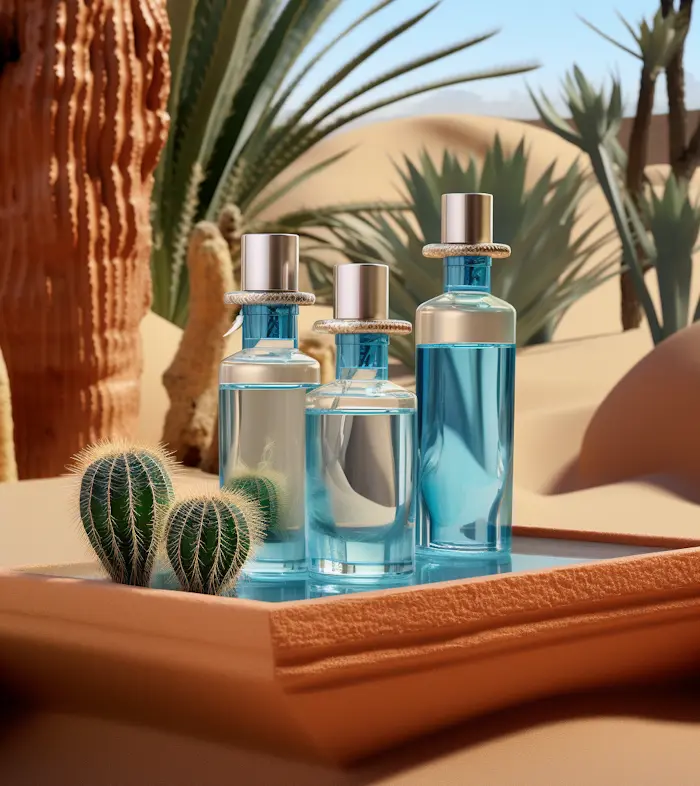
However, if you live in a dry climate and there’s not much moisture in the air, chances are that the humectants will pull water from the deeper layers of your skin. This can dehydrate your skin more if those water molecules evaporate into the surrounding dry air.
Does this mean that you should avoid humectants if you live in a dry climate? No. You can still benefit from using humectant ingredients in your skincare routine by combining them with occlusive ingredients such as oily, waxy, or silicone-based ingredients that form a seal on your skin to prevent water loss.
Luckily for us, many quality skincare products, especially moisturizers and eye creams, already contain occlusives for this reason.
The Best Humectants for Skin
There are many hydrating ingredients used in skincare products. However, some humectants are more effective than others.
Glycerin, hyaluronic acid (sodium hyaluronate), and urea are the best natural humectants for the skin. You should always look for these ingredients first if you’re looking for a hydrating skincare product, such as a hydrating toner.
Although it’s common to see glycerin, hyaluronic acid, or sodium hyaluronate on ingredient lists, urea isn’t used in skin care products as often (although it’s convenient and gives fantastic results).
Glycerin
You don’t have to dig deep into ingredient lists to realize the most extensively used, effective, inexpensive, and skin-identical humectant.
Glycerin, known as glycerine and glycerol, is probably the most well-known humectant. Glycerin is the classic humectant, used in many moisturizers primarily to increase skin hydration. It was first popularized as a byproduct of soap production. When soap makers were first able to isolate glycerin from the soap-making process in the late 1800s, they started creating more profitable lotions and creams.
Glycerin is naturally found in the stratum corneum as part of the natural moisturizing factor. Here, it defends against dryness and maintains the skin’s moisture level.
Research suggests that people with sensitive and dehydrated skin, as well as atopic dermatitis, psoriasis, and xerosis, have reduced or lack entirely natural moisturizing factors such as glycerin.
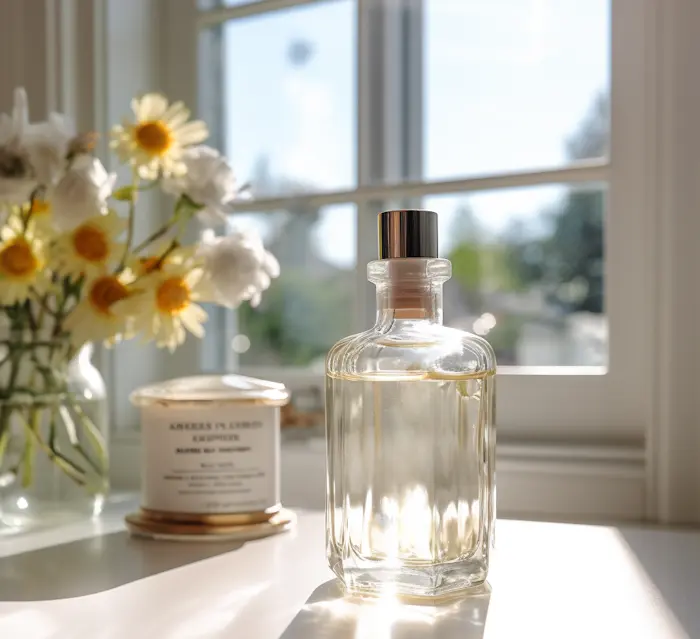
Glycerin is found in all-natural fats in animal and plant kingdoms. Glycerin can be derived from such natural substances. However, most skin care products today use synthetically manufactured glycerin. The synthetic form of glycerin is chemically identical to naturally occurring glycerin and acts the same when applied to the skin.
Glycerin is considered an extremely safe and non-allergenic skincare ingredient and has a long history of use. Because it is found naturally in our skin, it is suitable for all skin types, even very sensitive and acne-prone skin.
It’s the foundation of many moisturizers and serums and an affordable ingredient to formulate with. Unsurprisingly, many moisturizers are >80% by mass water and glycerin. The remaining 20% are actives, emulsifiers, preservatives, marketing, and other items for added cosmetic elegance. This means you don’t need to be spending too much to gain some glycerin in your life.
Remember that it’s not about finding a 100% pure glycerin serum. If humectants are used at a concentration that is too high, they can have the opposite effect and dry out your skin.
You can also buy glycerin at the pharmacy and add this directly to your moisturizer, although the texture will be much tackier. Glycerin can be purchased at any pharmacy and is inexpensive. Look for bottles ending in “BP” or “USP” – these refer to the standards by which they are manufactured and tested to ensure quality. It’s best combined with other hydrating, occlusive, and emollient ingredients and products as part of a balanced skincare routine.
Hyaluronic Acid
Hyaluronic acid is one of the best skincare ingredients for anyone’s routine. Chemically speaking, hyaluronic acid, also sometimes called hyaluronan, is a glycosaminoglycan – compound naturally present in our skin.
Glycosaminoglycans are all highly polar substances, meaning that they attract water. Their primary function is keeping tissues hydrated, lubricating joints, and absorbing shock to prevent tissue injury and damage.
Hyaluronic acid is mainly found in the extracellular matrix. It is well known for its extraordinary capacity to attract and hold onto 1000 times its weight in water! One gram (0.03 ounces) of hyaluronic acid can hold up to 1.5 gallons (six liters) of water.
This means that compared to other skincare ingredients, hyaluronic acid is king at restoring the skin’s moisture content – which is why you will find hyaluronic acid in many skincare products.
Hyaluronic Acid vs. Glycerin
Glycerin and hyaluronic acid are the most widely used humectants in skincare products, and it’s agreed that they can improve skin hydration. However, with all the marketing buzz about how hyaluronic acid can attract and hold its weight in water so many times, I wanted to know: are there better humectants than hyaluronic acid?
The answer is a little more complex than I thought it would be. There is no simple yes or no.
Like glycerol, hyaluronic acid is found in the human body as a connective tissue. Indeed, hyaluronic acid is much larger than glycerin and can attract and hold much more water. It is also less sticky and sweet-smelling when used in cosmetics.
However, glycerin is still one of the best natural humectants for the skin. It’s also much cheaper to formulate products using glycerin compared to hyaluronic acid. This is because glycerin is produced using a simple chemical reaction, while hyaluronic acid is produced through bacterial fermentation (although traditionally, it was extracted from rooster combs!).
Glycerin needs to hire Hyaluronic Acid’s publicist.
However, formulations containing hyaluronic acid tend to feel nicer when applied to the skin. Glycerin has a somewhat sticky feel, although it can be improved when combined with hyaluronic acid in products.
Also, different hyaluronic acid grades with varying molecular weights are available. The smaller the molecular weight, the deeper the hyaluronic acid molecule can penetrate the skin. This means that skincare products formulated with various grades of hyaluronic acid can hydrate deeper layers of the skin, not just the surface.
Centella Asiatica May Enhance The Hydration Benefits of Hyaluronic Acid
Although it’s not a humectant, a study found that Centella can prolong the effect of hyaluronic acid on the skin. Centella Asiatica has quickly become one of the most popular ingredients in skincare for its soothing and anti-inflammatory benefits.
Check out our Best Centella Asiatica Products Guide to learn more about it.
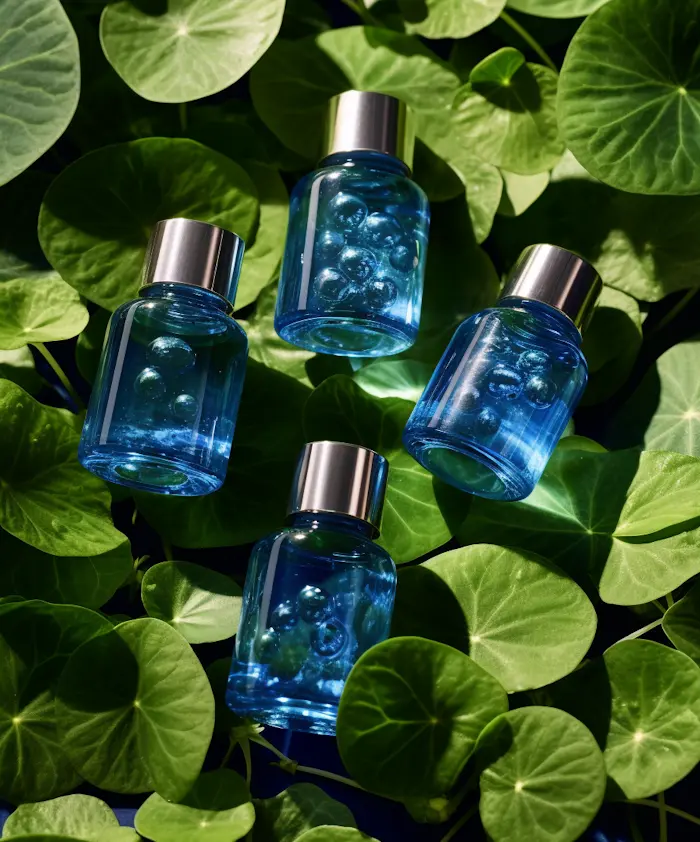
Previous studies have shown that the hydrating effects of hyaluronic acid decrease substantially after 24 hours due to degradation by the enzyme hyaluronidase. However, the authors of this study found that participants’ skin was significantly more hydrated after 24 hours when a solution containing Centella Asiatica, hyaluronic acid, and glycerin was applied (called Jaluronius CS). Trans-epidermal water loss was also significantly lower after 24 hours on the treated skin. The results they observed might be due to the ability of Centella Asiatica to inhibit the enzymatic action of hyaluronidase.
So, if you’d like your skin to stay hydrated even longer, perhaps apply a hydrating ampoule containing Centella Asiatica.
Hyaluronic Acid vs. Sodium Hyaluronate
Skincare brands use sodium hyaluronate and hyaluronic acid interchangeably when marketing their products. Is there a difference between the two?
Both of these ingredients are humectants that work well at hydrating the skin. However, the main difference is that sodium hyaluronate is derived from hyaluronic acid. It also has a smaller molecular size than hyaluronic acid.
These properties mean sodium hyaluronate is better at dissolving in water, and the skin more easily absorbs it as it can penetrate deeper into the skin. And yes, sodium hyaluronate also can bind up to 1000 times its weight in water!
Many skincare products contain sodium hyaluronate. I see it in ingredient lists much more often than hyaluronic acid because it is less susceptible to oxidation. Therefore, sodium hyaluronate is more stable than hyaluronic acid. This is ideal when formulating skincare products as it gives them a longer shelf life.
Another benefit of sodium hyaluronate is that it is cheaper than hyaluronic acid, meaning that even budget skincare products can afford it in their formulations.
Urea
I mentioned earlier that urea is naturally present in the skin, comprising about 7 percent of the natural moisturizing factor (NMF). Healthy, non-dehydrated skin typically contains 28 micrograms of urea per square centimeter! Conversely, xerotic (abnormally dry) skin conditions are associated with considerable reductions in urea concentration – 40% less in the skin with psoriasis and up to 85% less in the skin with eczema.
Not many people know about urea, although when used at concentrations below 10%, it’s one of the best humectants for the skin. Research has shown that it’s as effective as glycerin at keeping the skin hydrated – and with a more favorable (less sticky/tacky) texture. Unlike hyaluronic acid, urea is easily able to penetrate the stratum corneum.
Urea has three additional benefits for the skin:
- Breaking down the connections between dead skin cells encourages natural desquamation or exfoliation of skin cells when used at concentrations above 10%. This makes urea a perfect ingredient for treating keratosis pilaris and for use in foot creams.
- It can help other skincare ingredients penetrate further into the skin.
- It helps regulate the good bacteria on the skin, enhancing skin barrier function. Studies also suggest that urea may be an effective ingredient for treating fungal acne as it directly inhibits the yeast Malassezia.
And yes, urea is also a component of urine. However, there’s no need to be grossed out regarding the urea used in skincare products because it is synthetically derived.
Not many skincare products contain urea, even though it’s beneficial. However, I found one that happens to be a cult favorite, the Belif Moisturizing Bomb.
Belif The True Cream Moisturizing Bomb Ingredients List (last checked 2025)
Water, Glycerin, Cyclohexasiloxane, Hydrogenated Polydecene, Dipropylene Glycol, Macadamia Ternifolia Seed Oil, 1,2-Hexanediol, Bis-PEG-18 Methyl Ether Dimethyl Silane, Triethylhexanoin, Stearyl Alcohol, Glyceryl Stearate, Pentaerythrityl Tetraethylhexanoate, PEG-40 Stearate, Saccharomyces/Viscum Album (Mistletoe) Ferment Extract, Lactobacillus/Soybean Ferment Extract, Saccharomyces/Imperata Cylindrica Root Ferment Extract, Cetearyl Alcohol, Ceteayl Olivate, Sorbitan Olivate, Hydrogenated Lecithin, Sorbitan Stearate, Stearic Acid, PEG-100 Stearate, Dimethicone, Dimethicone/Vinyl Dimethicone Crosspolymer, Poncirus Trifoliata Fruit Extract, Panthenol, Avena Sativa (Oat) Kernel Extract, Calendula Officinalis Flower Extract, Nepeta Cataria Extract, Rubus Idaeus (Raspberry) Leaf Extract, Baptisia Tinctoria Root Extract, Stellaria Media (Chickweed) Extract, Alchemilla Vulgaris Leaf Extract, Viola Tricolor Extract, Rosa Damascena Flower Extract, Spiraea Ulmaria Flower Extract, Althaea Officinalis Root Extract, Symphytum Officinale Leaf Extract, Trifolium Pratense (Clover) Flower Extract, Achillea Millefolium Flower Extract, Euphrasia Officinalis Extract, Thuja Occidentalis Leaf Extract, Menyanthes Trifoliata Leaf Extract, Salix Alba (Willow) Bark Extract, Chelidonium Majus Extract, Urea, Hydroxyethylpiperazine Ethane Sulfonic Acid, Glycosyl Trehalose, Hydrogenated Starch Hydrolysate, Acrylates/C10-30 Alkyl Acrylate Crosspolymer, Carbomer, Xanthan Gum, Trisodium EDTA, Tromethamine, Fragrance, Citronellol, Limonene.
Herbs Ferments Humectant/Moisturizer Fragrance
Hydroxyethyl Urea vs. Urea
Some skincare products are formulated with a urea derivative called hydroxyethyl urea instead of urea.
Fortunately, hydroxyethyl urea is also highly effective at binding to water and hydrating the skin. There is no difference between how effective hydroxyethyl urea and urea are as humectants.
I suspect many skincare brands prefer to formulate their products with hydroxyethyl urea because it doesn’t have the same exfoliating properties as urea. This means you can use products with higher concentrations of hydroxyethyl urea, compared to urea, without worrying that you’re over-exfoliating your face.
It’s important to note that the urea derivatives imidazolidinyl urea and diazolidinyl urea do not have the same humectant properties as hydroxyethyl urea and urea. Instead, they are sometimes used as preservatives in skincare products.
Numbuzin No.2 Thermal Water 89% Mineral Toner Ingredients List (last check 2025)
Onsen-Sui(89%), 1,2-Hexanediol, Methylpropanediol, Glycerin, Niacinamide, Sorbitol, Xylitol, Hydroxyethyl Urea, Sodium Polystyrene Sulfonate, Sodium Hyaluronate, Sodium Hyaluronate Crosspolymer, Hydrolyzed Hyaluronic Acid, Hyaluronic Acid, Hydrolyzed Sodium Hyaluronate, Morinda Citrifolia Extract, Carica Papaya Fruit Extract, Butylene Glycol, Madecassoside, Centella Asiatica Extract, Chamomilla Recutita Flower Extract, Rosmarinus Officinalis Leaf Extract, Glycyrrhiza Glabra Root Extract, Pentylene Glycol, Polygonum Cuspidatum Root Extract, Scutellaria Baicalensis Root Extract, Camellia Sinensis Leaf Extract, Gluconolactone, Water, Hydroxyethylcellulose, Polyglyceryl-10 Laurate, Betaine Salicylate, Polyquaternium-51, Disodium EDTA, Fragrance.
Humectant/Moisturizing Active Herbs Brightening Fragrance
Panthenol
Panthenol is a fantastic skincare ingredient that needs more spotlight. It’s naturally present in all living cells and used quite commonly in many skin care products, hair products, and topical ointments that treat sunburns, mild burns, minor skin injuries, and disorders.
Apart from its humectant properties in skincare, panthenol also reduces itching and inflammation of the skin, mainly when used for longer than four weeks, improves skin elasticity, and accelerates wound healing. It also has the added advantage of acting as an emollient. It smooths and softens skin cracks and helps prevent water loss.
Panthenol also has a fantastic ability to penetrate the skin’s lower layers. Upon application, it is immediately converted to pantothenic acid (vitamin B5), which then binds to and holds water.
Aloe Vera
Have you applied aloe vera on a sunburn before and felt your skin immediately refreshed and hydrated? Aloe vera is commonly used in skincare products due to its soothing and hydrating properties.

The use of aloe vera dates back to Ancient Egypt. Egyptians regarded it as the plant of immortality.
Aloe vera hydrates the skin and is a rich source of antioxidant vitamins (such as vitamins A, C, and E), minerals (such as zinc), and phytonutrients with anti-inflammatory, antibacterial, and analgesic properties.
The aloe vera plant is a succulent that grows in sweltering and dry conditions, such as those in the Arabian desert. The plants have a fantastic physiological ability to hold on to water and survive without rain for up to 7 years! Sugars known as glycosaminoglycans give aloe vera its humectant properties (they are highly polar and attract moisture to the skin).
Glycosaminoglycans are naturally present in our bodies (I mentioned earlier that hyaluronic acid is also a glycosaminoglycan). Their primary role is keeping tissues hydrated, lubricating joints, and absorbing shock.
Beta-Glucans
Unlike most other humectants I have mentioned, our bodies don’t produce beta-glucans naturally. Instead, these polysaccharides are naturally found in plants, bacteria, and fungi cell walls. The beta-glucan used in skincare products is derived from oats.
Even though beta-glucans are relatively large molecules, they still pass quickly into the epidermis and dermis of the skin. And some exciting research has shown that beta-glucan is 20 times more hydrating than hyaluronic acid (when used at the same concentration).
However, you shouldn’t replace hyaluronic acid with beta-glucan as hyaluronic acid is naturally present in the body and serves an essential role as a humectant in our skin. Instead, it’s better to include both ingredients in your skincare routine.
Beta-glucans also have wound healing, anti-inflammatory, and immune-enhancing properties by stimulating other immune cells to attack pathogens. This makes them perfect for people with dehydrated skin and those with compromised skin barriers with eczema or dermatitis.
Belif The True Tincture Chamomile Ingredients List (last check 2025 )
Chamomilla Recutita (Matricaria) Flower Extract (86%), 1,2-Hexanediol, Glycerin, Beta-Glucan, Panthenol, Glycereth-26, Centella Asiatica Extract, Avena Sativa (Oat) Kernel Extract, Calendula Officinalis Flower Extract, Nepeta Cataria Extract, Rubus Idaeus (Raspberry) Leaf Extract, Baptisia Tinctoria Root Extract, Stellaria Media (Chickweed) Extract, Saccharomyces/Imperata Cylindrica Root Ferment Extract, Saccharomyces/Viscum Album (Mistletoe) Ferment Extract, Lactobacillus/Soybean Ferment Extract, Alcohol, Water, Glucosyl Hesperidin, Polydatin, Niacinamide, Trisodium EDTA, PEG-8, Dipotassium Glycyrrhizate, Alanyl Glutamine, PEG-150, Sodium Hyaluronate, Ethylhexylglycerin, PEG-60 Hydrogenated Castor Oil, Sodium Citrate, Citric Acid, Fragrance, Citral, Citronellol, Limonene, Geraniol, Linalool.
Ingredients referred from INCIDecoder.
Herbal ingredients Napier’s original formula Humectants/Moisturizers Fermented Actives Brightening Fragrance Potential irritant
Alpha-Hydroxy Acids
There’s been a lot of talk about alpha-hydroxy acids (AHAs), although mainly in the context of their exfoliating and anti-aging benefits to the skin.
However, did you know that AHAs are humectants, too?
AHAs are water-loving molecules that easily penetrate the skin and can improve the skin’s moisture content. This is why they are often recommended over beta-hydroxy acids for people with dry or sun-damaged skin.
Still, people with oily skin can benefit from using products containing AHAs. Learn more about that in our ultimate guide to AHAs.

Glycolic acid and lactic acid are the most effective and widely-researched AHAs. They are both relatively small molecules that can easily penetrate the skin’s surface. Interestingly, glycolic acid has also been found to increase the production of hyaluronic acid in both the epidermis and dermis.
Snail Mucin
No ingredient can define Korean skincare more than snail mucin. Snail mucin contains many beneficial compounds with anti-aging, skin-brightening, wound-healing, and collagen-boosting properties.
A few of these beneficial compounds are hyaluronic acid, glycolic acid, and allantoin – which give snail slime its humectant properties.
Like my seaweed example, it’s clear why snails might benefit from humectants in their secretion. They are prone to drying out very quickly, and their soft bodies also need some lubrication to protect them from injury when moving across rough surfaces. Therefore, some mechanism to help their bodies retain water is very beneficial.
If this ingredient does not gross you out, you can learn more about it in Diana’s Guide to Snail Mucin Benefits for the Skin.
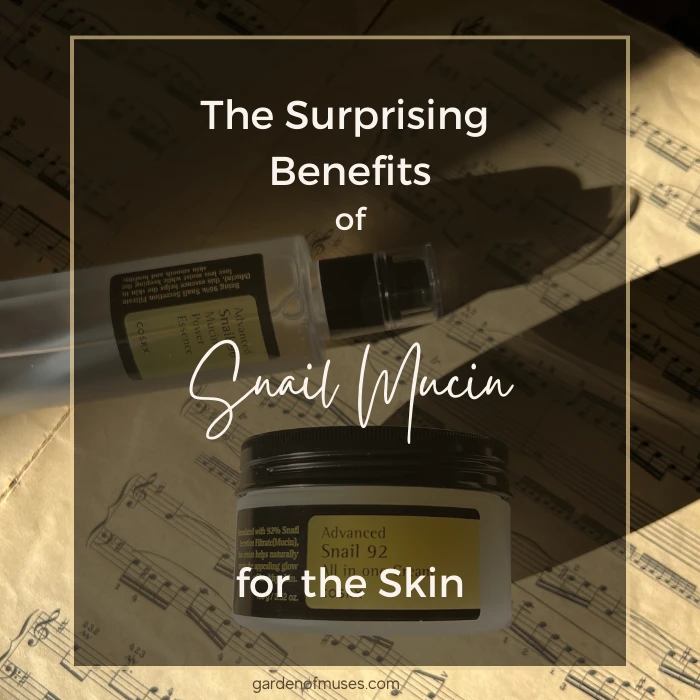
Algae
Marine extracts can have loads of benefits for your skin, too. Did you know that seaweed and other types of algae have humectant properties?
Marine algae, which include seaweeds, are mainly comprised of carbohydrates, some of which have powerful humectant properties. Of course, this makes sense since algae require water to survive. However, it needs a way to hold on to that precious H2O in seawater. Remember osmosis from high school?
In particular, Saccharina japonica extracts from brown algae have been found to have a profound ability to retain moisture in the skin. Amazingly, the low molecular weight polysaccharides derived from S. japonica have been identified as a better humectant than hyaluronic acid.
A comprehensive literature on the benefits of marine algae has found they have photo-protective, anti-inflammation, skin-whitening, and anti-aging properties.
There is an unsubstantiated rumor on the internet that algae are highly comedogenic. However, there is no science to suggest this, and you don’t need to avoid algae if you are prone to acne since it is entirely water-soluble and, therefore, unable to clog pores.
Numbuzin No.3 Super Glowing Essence Toner Ingredients List (last checked 2025)
Water, Dipropylene Glycol, Glycereth-26, 1,2-Hexanediol, Niacinamide, Butylene Glycol, Glycerin, Methyl Gluceth-20, Spiraea Ulmaria Extract, Lactococcus/Bean Seed Extract Ferment Filtrate, Lactobacillus/Rice Ferment, Chlorella Ferment, Lactobacillus/Algae Extract Ferment, Saccharomyces/Grape Ferment Extract, Lactobacillus/Pumpkin Ferment Extract, Lactobacillus/Soybean Ferment Extract, Lactobacillus/Soybean Extract Ferment Filtrate, Saccharomyces/Rice Ferment Filtrate, Saccharomyces/Barley Seed Ferment Filtrate, Saccharomyces/Calcium Ferment, Saccharomyces/Laminaria Saccharina Ferment, Saccharomyces/Potato Extract Ferment Filtrate, Lactobacillus/Eriodictyon Californicum Ferment Extract, Lactobacillus/Water Hyacinth Ferment, Lactobacillus/Rye Flour Ferment, Lactobacillus/Hibiscus Sabdariffa Flower Ferment Filtrate, Lactobacillus/Milk Ferment Filtrate, Lactobacillus/Panax Ginseng Root Ferment Filtrate, Lactobacillus/Acerola Cherry Ferment, Lactobacillus Ferment, Lactobacillus Ferment Lysate Filtrate, Lactococcus/Milk Ferment Lysate, Lactococcus Ferment, Lactococcus Ferment Extract, Lactococcus Ferment Lysate, Streptococcus Thermophilus Ferment, Aureobasidium Pullulans Ferment Filtrate, Bifida Ferment Filtrate, Bifida Ferment Extract, Leuconostoc/Radish Root Ferment Filtrate, Lactobacillus/Wasabia Japonica Root Ferment Extract, Lactobacillus/Punica Granatum Fruit Ferment Extract, Bacillus/Glutamic Acid Ferment Filtrate, Bacillus/Rice Bran Extract/Soybean Extract Ferment Filtrate, Monascus/Rice Ferment, Saccharomyces/Rice Bran Ferment Filtrate Extract, Saccharomyces/Rice Bran Ferment, Lactobacillus/Pear Juice Ferment Filtrate, Pichia Ferment Lysate Filtrate, Alteromonas Ferment Extract, Saccharomyces/Coix Lacryma-Jobi Ma-Yuen Seed Ferment Filtrate, Saccharomyces/Soy Protein Ferment, Sphingomonas Ferment Extract, Saccharomyces/Malachite Ferment, Saccharomyces Ferment, Saccharomyces Ferment Filtrate, Schizosaccharomyces Ferment Filtrate, Aspergillus Ferment, Aspergillus/Glucose/Soybean/Starch Ferment Filtrate, Pelargonium Graveolens Flower Oil, Sodium Hyaluronate, Polyglyceryl-10 Laurate, Cetearyl Alcohol, Betaine, Acrylates/C10-30 Alkyl Acrylate Crosspolymer, Tromethamine, Polyquaternium-51, Hydroxyethylcellulose, Adenosine, Geraniol, Citronellol.
Herb Active Ferments Humectant/Moisturizing Fragrance & Essential Oil
Honey
We all know that honey benefits our overall health, mainly thanks to its antimicrobial and antioxidant properties. But did you know it’s also a natural humectant?
Honey is a supersaturated liquid that contains more sugar than can be dissolved by its water content at ambient temperatures. Raw honey consists of almost 80% sugar, mainly glucose and fructose, and only 17-20% water.
However, it also contains other compounds in smaller amounts, such as many kinds of acids, including some alpha-hydroxy acids, proteins, amino acids, vitamins, minerals, and antioxidants.
Although honey is a fantastic natural humectant with many other skin benefits, it’s challenging to formulate skincare products with honey while maintaining its benefits. This is because although honey acts as a preservative on its own, most skincare products are water-based or contain water in some part or other humectants that draw water from the environment.
Anything that contains water has an increased risk of microbial growth and contamination. In addition, honey’s high sugar content provides food for bacteria, mold, and yeast to multiply quickly.
This is why you will find a few skincare products that contain honey as a main ingredient. You might see honey extract on ingredient lists more often than honey itself. Honey extract is usually a mixture of various origins depending on the ingredient supplier, water, glycerin, and some preservatives. It is still hydrating when added to skin care products at 5-10% concentrations.
Sodium PCA
Sodium PCA is a skincare ingredient that rarely gets mentioned. However, it is a powerful humectant naturally present in the skin as part of the natural moisturizing factor.
It is usually used at a concentration range of 0.2-4% in skin care products, and it’s derived from plants (mainly grasses), fruits, or coconut oil. PCA stands for pyroglutamic acid, a natural amino acid derivative.
Sodium PCA is non-sensitizing, and no phototoxicity or comedogenicity has been found when sodium PCA is applied to the skin.
It’s one of the best humectants in skincare, holding several times its weight in water. It’s even shown to be more hydrating than glycerin. However, it’s not used as often in skincare formulations as it is more expensive.
There are benefits to using sodium PCA in formulations over glycerin, though – mainly that it isn’t sticky like glycerin and doesn’t change the product’s viscosity.
The levels of sodium PCA naturally present in our skin decrease as we age, so it’s a beneficial ingredient to include in your skincare routine if you’re in your mid-30s or older.
Numbuzin No. 6 Deep Sleep Mask Serum Ingredients List (last checked 2025)
Glacial Water (63%), Butylene Glycol, Propanediol, Glycerin, Niacinamide, 1,2-Hexanediol, Purified Water, Chlorella Vulgaris Extract, Xylitylglucoside, Sodium Hyaluronate, Hydrolyzed Hyaluronic Acid, Xylitol, Melia Azadirachta Leaf Extract, Melia Azadirachta Flower Extract, Coccinia Indica Fruit Extract, Aloe Barbadensis Flower Extract, Solanum Melongena (Eggplant) Fruit Extract, Ocimum Sanctum Leaf Extract, Corallina Officinalis Extract, Curcuma Longa (Turmeric) Root Extract, Hyaluronic Acid, Glycereth-26, Panthenol, Pentylene Glycol, Glucose, Sodium PCA, Anhydroxylitol, Fructooligosaccharides, Fructose, Polyglyceryl-10 Laurate, Sodium Citrate, Dipotassium Glycyrrhizate, Sodium Hyaluronate Crosspolymer, Ethylhexylglycerin, Adenosine, Hydrolyzed Glycosaminoglycans, Citric Acid, Benzyl Glycol, Tocopherol, Xanthan Gum.
Humectant/Moisturizing Active Herbs Brightening
Allantoin
If you pay close attention to the ingredient lists of your products, there’s a good chance your eyes have scrolled past this ingredient quite a few times. Allantoin is a star-sensitive skin ingredient like Centella Asiatica and Aloe Vera. Allantoin is an underrated ingredient in skincare products. It is often there, in concentrations up to 2%, and is a fantastic multi-tasker.
Abounding in nature, allantoin can also be extracted from plants such as comfrey root. For centuries, comfrey leaves were used to help heal minor skin injuries and swelling. Allantoin is derived from uric acid and is naturally present in the body. However, most allantoin is synthetically crafted for its use in cosmetics.
Allantoin is an emollient to protect the skin, a calming agent to soothe irritation and promote wound healing, an exfoliant to shed dead skin cells, a humectant to improve hydration and prevent transepidermal water loss, and more.
It’s super gentle and prevents skin damage. It plays well with all skin types but is especially recommended for sensitive skin as it can soothe without irritating it.
Butylene Glycol and Propylene Glycol
Butylene glycol is a clear, low-viscosity liquid commonly used as an alternative to propylene glycol. It’s the most widely-used ingredient in Korean skincare products, mainly used as a solvent and skin conditioner.
Why is butylene glycol used in so many skincare products, and is it safe for your skin?
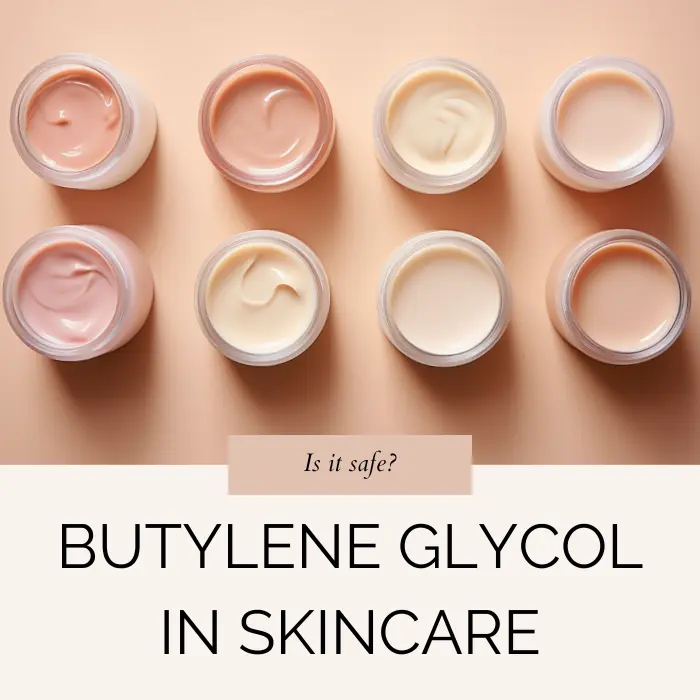
The chemical structure of butylene glycol is very similar to propylene glycol and glycerin.
Sorbitol
Sorbitol is a 4-carbon sugar alcohol derived synthetically or from natural sources such as berries, apples, pears, and plums. It’s used a lot as a sugar substitute in foods – it has about half the sweetness of table sugar – and as a sweetener in chewing gums, cough syrups, and toothpaste. It’s also often used in soaps as an alternative to glycerin (as it’s less expensive).
Although sorbitol is mainly used as a humectant in skincare products, it also functions as a thickening agent and helps to prevent gel-type products from drying out.
This study found that sorbitol decreases trans-epidermal water loss and improves barrier repair in skin exposed to arid environmental conditions.
The Numbuzin No.2 Thermal Water 89% Mineral Toner*, which I have mentioned in this post, contains sorbitol.
Best Products with Humectants
Needly Daily Toner Pad
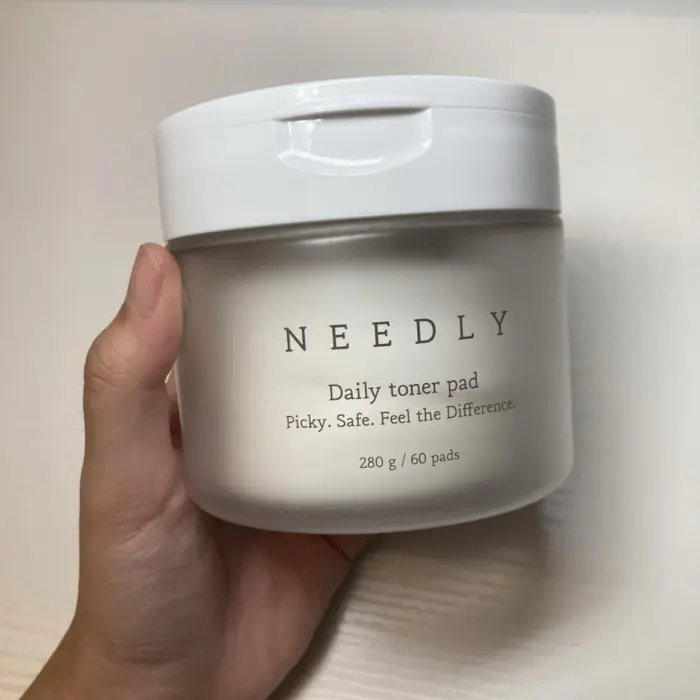
The Needly Daily Toner Pad is a multitasker and an excellent opportunity to incorporate allantoin into your routine. It is my favorite gentle exfoliating and hydrating toner pad.
Needly Daily Toner Pad Ingredients List (last checked 2025)
Water, Glycerin, Dipropylene Glycol, Glyceryl Glucoside, 1,2-Hexanediol, Allantoin, Ethylhexylglycerin, C12-14 Pareth-12, Betaine, Caprylyl Glycol, Artemisia Princeps Leaf Water, Butylene Glycol, Centella Asiatica Extract, Melaleuca Alternifolia (Tea Tree) Leaf Extract, Carbomer, Sodium Citrate, Disodium EDTA, Gluconolactone, Salicylic Acid, Tromethamine, Glucose, Aniba Rosaeodora (Rosewood) Wood Oil, Sodium Hyaluronate.
Humectant/Moisturizer Active Fragrance
However, it’s recommended to use AHAs sparingly. Due to their exfoliating properties, you can’t use them daily without experiencing skin irritation, redness, and burning.
COSRX AHA/BHA Clarifying Treatment Toner
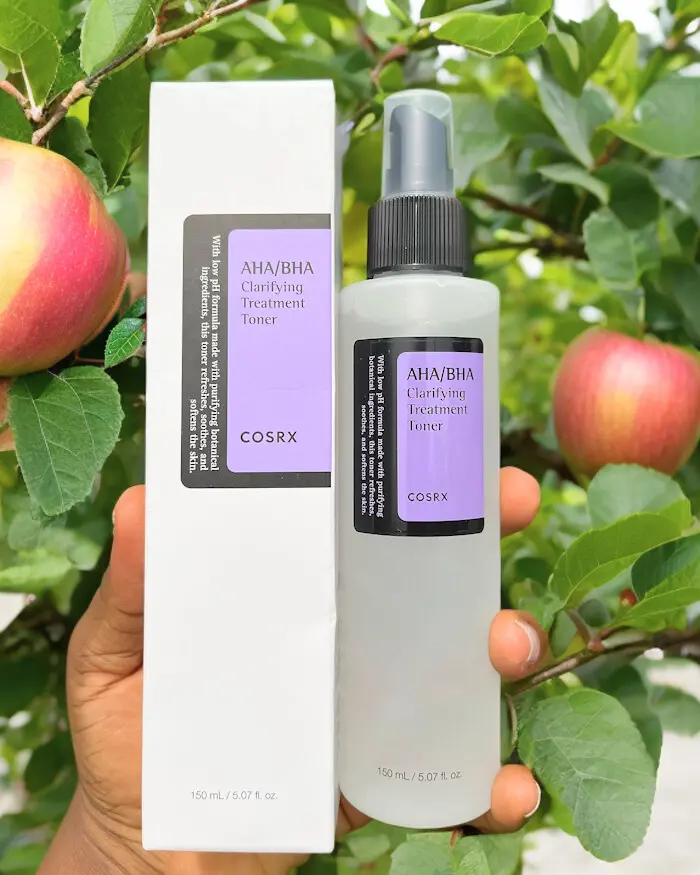
I love the simplicity of COSRX product formulations, and the COSRXAHA/BHA Clarifying Treatment is no exception. Just look at that short ingredients list! As the name suggests, this AHA/BHA liquid contains glycolic acid. I also like that this product uses apple water, which has natural AHAs. Other hydrating ingredients are Butylene Glycol, Allantoin, and Panthenol.
COSRX AHA BHA Clarifying Toner Ingredients List (last checked 2025)
Mineral Water, Salix Alba (Willow) Bark Water, Pyrus Malus (Apple) Fruit Water, Butylene Glycol, 1,2-Hexanediol, Sodium Lactate, Glycolic Acid, Betaine Salicylate, Allantoin, Panthenol, Ethyl Hexanediol.
Herbs Humectant/Moisturizing Active
Numbuzin No.3 Super Glowing Essence Toner
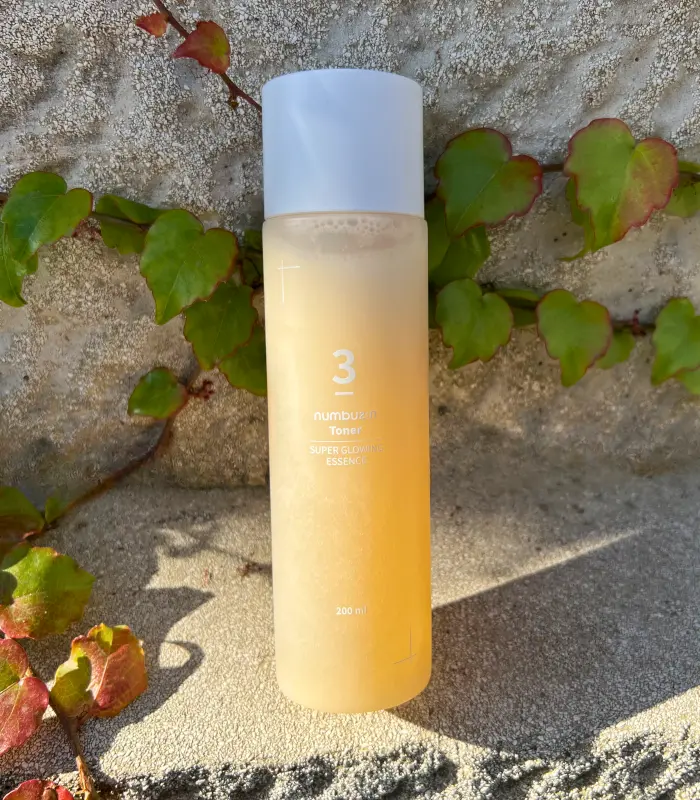
If you want to incorporate marine algae into your skincare routine, I recommend the Numbuzin No.3 Super Glowing Essence Toner. It contains a whopping 50 ferments and niacinamide.
Niacinamide has many benefits, including fading sun spots and acne scars, strengthening the skin’s barrier, reducing fine lines and wrinkles, and controlling sebum production. Read about the benefits of this potent ingredient here.
Numbuzin No.3 Super Glowing Essence Toner Ingredients List (last checked 2025)
Water, Dipropylene Glycol, Glycereth-26, 1,2-Hexanediol, Niacinamide, Butylene Glycol, Glycerin, Methyl Gluceth-20, Spiraea Ulmaria Extract, Lactococcus/Bean Seed Extract Ferment Filtrate, Lactobacillus/Rice Ferment, Chlorella Ferment, Lactobacillus/Algae Extract Ferment, Saccharomyces/Grape Ferment Extract, Lactobacillus/Pumpkin Ferment Extract, Lactobacillus/Soybean Ferment Extract, Lactobacillus/Soybean Extract Ferment Filtrate, Saccharomyces/Rice Ferment Filtrate, Saccharomyces/Barley Seed Ferment Filtrate, Saccharomyces/Calcium Ferment, Saccharomyces/Laminaria Saccharina Ferment, Saccharomyces/Potato Extract Ferment Filtrate, Lactobacillus/Eriodictyon Californicum Ferment Extract, Lactobacillus/Water Hyacinth Ferment, Lactobacillus/Rye Flour Ferment, Lactobacillus/Hibiscus Sabdariffa Flower Ferment Filtrate, Lactobacillus/Milk Ferment Filtrate, Lactobacillus/Panax Ginseng Root Ferment Filtrate, Lactobacillus/Acerola Cherry Ferment, Lactobacillus Ferment, Lactobacillus Ferment Lysate Filtrate, Lactococcus/Milk Ferment Lysate, Lactococcus Ferment, Lactococcus Ferment Extract, Lactococcus Ferment Lysate, Streptococcus Thermophilus Ferment, Aureobasidium Pullulans Ferment Filtrate, Bifida Ferment Filtrate, Bifida Ferment Extract, Leuconostoc/Radish Root Ferment Filtrate, Lactobacillus/Wasabia Japonica Root Ferment Extract, Lactobacillus/Punica Granatum Fruit Ferment Extract, Bacillus/Glutamic Acid Ferment Filtrate, Bacillus/Rice Bran Extract/Soybean Extract Ferment Filtrate, Monascus/Rice Ferment, Saccharomyces/Rice Bran Ferment Filtrate Extract, Saccharomyces/Rice Bran Ferment, Lactobacillus/Pear Juice Ferment Filtrate, Pichia Ferment Lysate Filtrate, Alteromonas Ferment Extract, Saccharomyces/Coix Lacryma-Jobi Ma-Yuen Seed Ferment Filtrate, Saccharomyces/Soy Protein Ferment, Sphingomonas Ferment Extract, Saccharomyces/Malachite Ferment, Saccharomyces Ferment, Saccharomyces Ferment Filtrate, Schizosaccharomyces Ferment Filtrate, Aspergillus Ferment, Aspergillus/Glucose/Soybean/Starch Ferment Filtrate, Pelargonium Graveolens Flower Oil, Sodium Hyaluronate, Polyglyceryl-10 Laurate, Cetearyl Alcohol, Betaine, Acrylates/C10-30 Alkyl Acrylate Crosspolymer, Tromethamine, Polyquaternium-51, Hydroxyethylcellulose, Adenosine, Geraniol, Citronellol.
Herb Active Ferments Humectant/Moisturizing Fragrance & Essential Oil
Numbuzin No.2 Thermal Water 89% Mineral Toner

Numbuzin No.2 Thermal Water 89% Mineral Toner contains glycerin, sorbitol, hydroxyethyl urea, five types of hyaluronic acid, and soothing ingredients like Centella Asiatica and licorice. My fellow muse, Seo Yeon Lee, has a short review on the Numbuzin No.2 Thermal Water 89% Mineral Toner.
Numbuzin No.2 Thermal Water 89% Mineral Toner Ingredients List (last check 2025)
Onsen-Sui(89%), 1,2-Hexanediol, Methylpropanediol, Glycerin, Niacinamide, Sorbitol, Xylitol, Hydroxyethyl Urea, Sodium Polystyrene Sulfonate, Sodium Hyaluronate, Sodium Hyaluronate Crosspolymer, Hydrolyzed Hyaluronic Acid, Hyaluronic Acid, Hydrolyzed Sodium Hyaluronate, Morinda Citrifolia Extract, Carica Papaya Fruit Extract, Butylene Glycol, Madecassoside, Centella Asiatica Extract, Chamomilla Recutita Flower Extract, Rosmarinus Officinalis Leaf Extract, Glycyrrhiza Glabra Root Extract, Pentylene Glycol, Polygonum Cuspidatum Root Extract, Scutellaria Baicalensis Root Extract, Camellia Sinensis Leaf Extract, Gluconolactone, Water, Hydroxyethylcellulose, Polyglyceryl-10 Laurate, Betaine Salicylate, Polyquaternium-51, Disodium EDTA, Fragrance.
Humectant/Moisturizing Active Herbs Brightening Fragrance
SKIN & LAB Vitamin C Brightening Serum
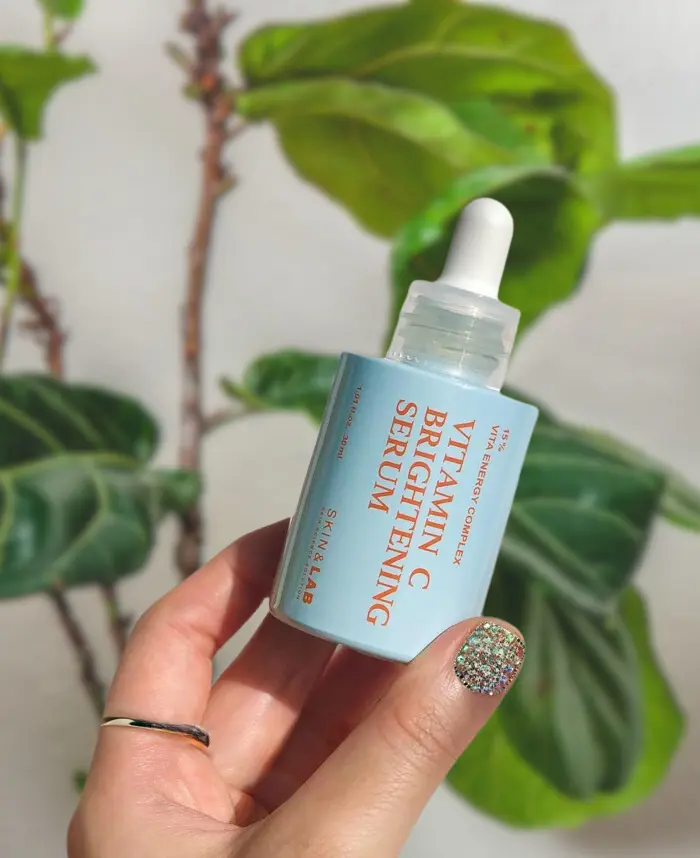
SKIN & LAB Vitamin C Brightening Serum is a vitamin C derivative serum that might as well be marketed as a hydrating serum. Looking at the ingredients list, I was shocked to find that it included the most effective humectants, actually, all humectants in one fl. oz. bottle. It contains five types of Hyaluronic Acid, Glycerin, Urea, Panthenol, Butylene Glycol, Niacinamide, Adenosine, and Peptides (Matrixyl 3000).
I was intrigued to read Alyssa’s results with this serum.
You’ll find panthenol in many skincare products, as it’s such a versatile humectant ingredient that our skin tolerates without any sensitization (it’s even the main ingredient in Bepanthen – a baby diaper rash cream).
SKIN & LAB Vitamin C Brightening Serum Ingredients List (last checked 2025)
Water, Methylpropanediol, Propanediol, Glycerin, 1,2-Hexanediol, Niacinamide, Betaine, 3-O-Ethyl Ascorbic Acid(15000Ppm), Tocopheryl Acetate, Panthenol, Bifida Ferment Lysate, Chlorella Vulgaris Extract, Sodium Hyaluronate, Melia Azadirachta Flower Extract, Melia Azadirachta Leaf Extract, Hydrolyzed Hyaluronic Acid, Curcuma Longa (Turmeric) Root Extract, Ocimum Sanctum Leaf Extract, Corallina Officinalis Extract, Hyaluronic Acid, Hydrolyzed Collagen, Sodium Hyaluronate Crosspolymer, Hydroxyethyl Urea, Glucose, Hydrolyzed Glycosaminoglycans, Trehalose, Butylene Glycol, Fructooligosaccharides, Fructose, Tromethamine, Benzyl Glycol, Adenosine, Sodium Citrate, Sodium Phytate, Citric Acid, Ethylhexylglycerin, Polysorbate 20, Palmitoyl Tripeptide-1, Palmitoyl Tetrapeptide-7, Ascorbic Acid(106.05Ppb), Biotin, Cyanocobalamin, Folic Acid, Pantothenic Acid, Pyridoxine, Riboflavin, Thiamine Hcl, Bioflavonoids, Glutathione, Linoleic Acid, Menadione, Retinol, Tocopherol, Carbomer, Xanthan Gum.
Active Herbs Humectant/Moisturizing Ferments Brightening
Numbuzin No.3 Skin Softening Serum
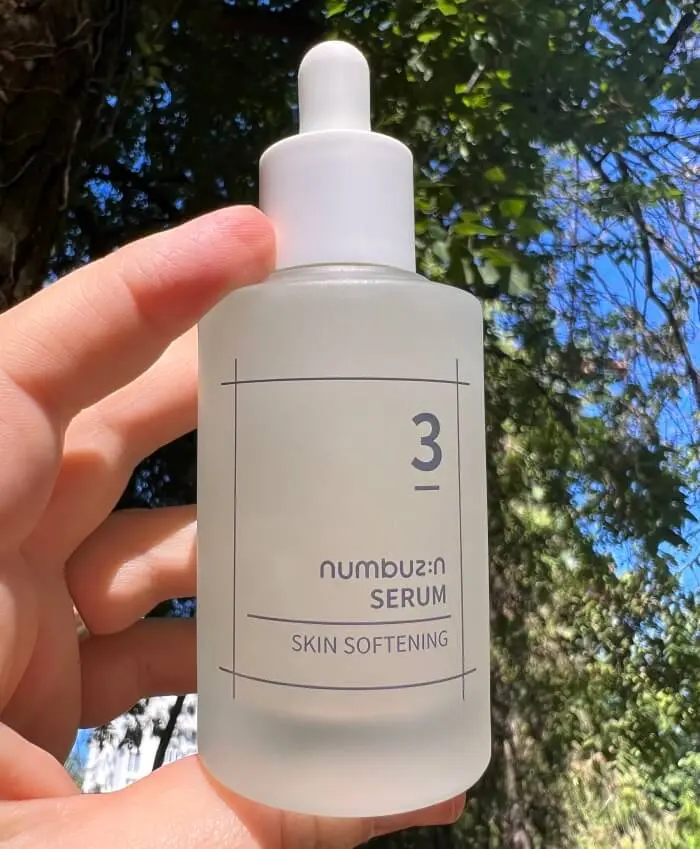
Here’s a closer look at the super-hydrating and softening Numbuzin No.3 Skin Softening Serum. You can’t see it, but in that goodness is also panthenol.
Numbuzin No.3 Skin Softening Serum Ingredients List (last check 2025)
Bifida Ferment Lysate (42%), Galactomyces Ferment Filtrate (21%), Butylene Glycol, Methyl Gluceth-20, Purified Water, Niacinamide, PEG-90, 1,2-Hexanediol, Glycerin, Squalane, Alteromonas Ferment Extract, Silk Extract, Goat Milk Extract, Sodium Hyaluronate, Panthenol, Adenosine, Glycereth-26, Xanthan Gum, Polyglyceryl-3 Distearate, Glyceryl Stearate SE, Glyceryl Stearate Citrate, Polyglyceryl-3 Methylglucose Distearate, Carbomer, Tromethamine, Ethylhexylglycerin, Caprylyl Glycol, Tropolone, Disodium EDTA.
Ferments Active ingredients Humectant/Moisturizing
Wellage Real Hyaluronic Blue Ampoule

Wellage Real Hyaluronic Blue Ampoule contains a whopping 20 humectants in the ingredients list, eight being different molecular sizes of Hyaluronic Acids that penetrate different layers of the skin.
Wellage Real Hyaluronic Blue Ampoule is a staple in my skincare routine as it helps to hydrate my skin deeply. Make sure to add this one to your cart because it is a hit in Korea that doesn’t get deserved attention in the West.
If you want to read more, here is my in-depth Wellage Real Hyaluronic Blue Ampoule review.
Wellage Real Hyaluronic Blue Ampoule 100 Ingredients List (last checked 2025)
Purified Water, Propanediol, Pentylene Glycol, Glycerin, 1,2-Hexanediol, Panthenol, Dioscorea Japonica Root Extract, Melia Azadirachta Leaf Extract, Melia Azadirachta Flower Extract, Coccinia Indica Fruit Extract, Piper Methysticum Leaf/Root/Stem Extract, Centella Asiatica Extract, Panax Ginseng Berry Extract, Solanum Melongena (Eggplant) Fruit Extract, Aloe Barbadensis Flower Extract, Ocimum Sanctum Leaf Extract, Curcuma Longa (Turmeric) Root Extract, Corallina Officinalis Extract, Alpinia Galanga Extract, Sodium Hyaluronate (1,000Ppm), Hydrogenated Lecithin, Methylpropanediol, Sodium Acrylic Acid/Ma Copolymer, Butylene Glycol, Xanthan Gum, Sodium Citrate, Glycosyl Trehalose, Hydrogenated Starch Hydrolysate, Adenosine, Citric Acid, Raffinose, Lecithin, Polyquaternium-51, Beta-Glucan, Saccharide Isomerate, Cyanocobalamin, Biosaccharide Gum-1, Caprylic/Capric Triglyceride, Sodium Stearoyl Glutamate, Sucrose Laurate, Glycine, Serine, Arginine, Histidine, Lysolecithin, Hydrolyzed Sodium Hyaluronate (0.1Ppm), Tocopherol, Benzyl Glycol, Hydrolyzed Glycosaminoglycans (0.0056Ppm), Sodium Acetylated Hyaluronate (0.000002Ppm), Sodium Hyaluronate Crosspolymer (0.001Ppm), Hydroxypropyltrimonium Hyaluronate (0.0001Ppm), Hydrolyzed Hyaluronic Acid (0.0005Ppm), Hyaluronic Acid (0.00001Ppm), Ethylhexylglycerin, Caprylyl Glycol.
Humectant/Moisturizing Herbs Brightening Active
Benton Snail Bee High Content Essence
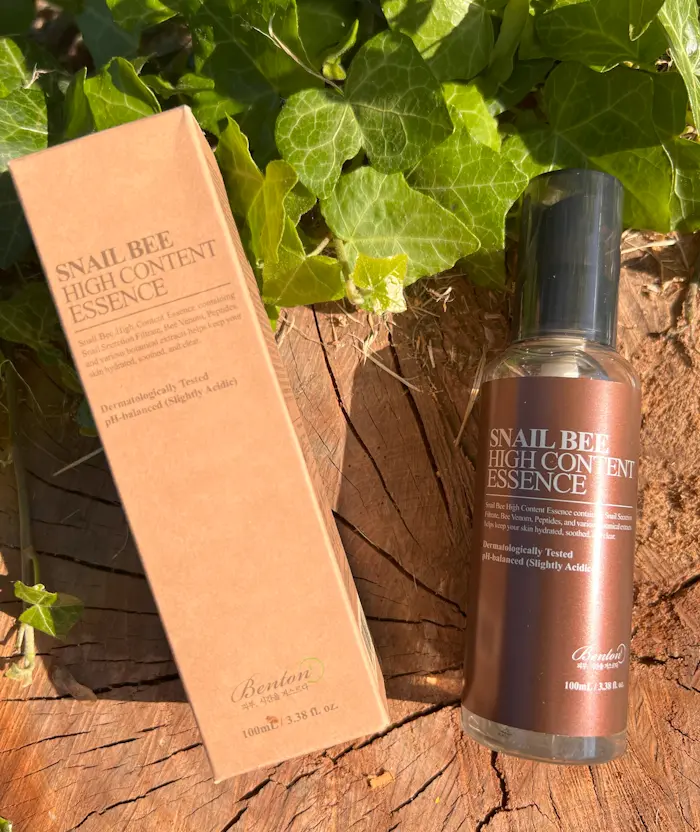
There are many Korean skincare products containing snail mucin. One of my favorites is the Benton Snail Bee High Content Essence. It’s so hydrating and makes my skin feel smooth and plump. It is much more hydrating than the COSRX Snail 96 Mucin Power Essence*, although it contains slightly less snail mucin.
Although the Benton Snail Bee High Content Essence doesn’t feel sticky or greasy, I have to be careful and not slather on too much, or my face will produce more oil. And let me tell you, it’s difficult to refrain from putting a very thick layer on my face because it feels so lovely!
Benton Snail Bee High Content Essence Ingredients List (last checked 2025)
Snail Secretion Filtrate, Aqua (Water), Butylene Glycol, Glycerin, Niacinamide, 1,2- Hexanediol, Pentylene Glycol, Acrylates/C10-30 Alkyl Acrylate Crosspolymer, Aloe Barbadensis Leaf Juice, Copper Tripeptide-1, Hexapeptide-11, Hexapeptide-9, Palmitoyl Pentapeptide-4, Palmitoyl Tripeptide-1, Tripeptide-1, Panthenol, Betaine, Allantoin, Diospyros Kaki Leaf Extract, Laminaria Digitata Extract, Salix Alba (Willow) Bark Extract, Plantago Asiatica Extract, Ulmus Campestris (Elm) Bark Extract, Polyglyceryl-10 Laurate, Althaea Rosea Root Extract, Aloe Barbadensis Leaf Extract, Beta-Glucan, Arginine, Xanthan Gum, Adenosine, Caprylyl Glycol, Bee Venom.
Active Humectant/Moisturizing Herb
Numbuzin No. 6 Deep Sleep Mask Serum
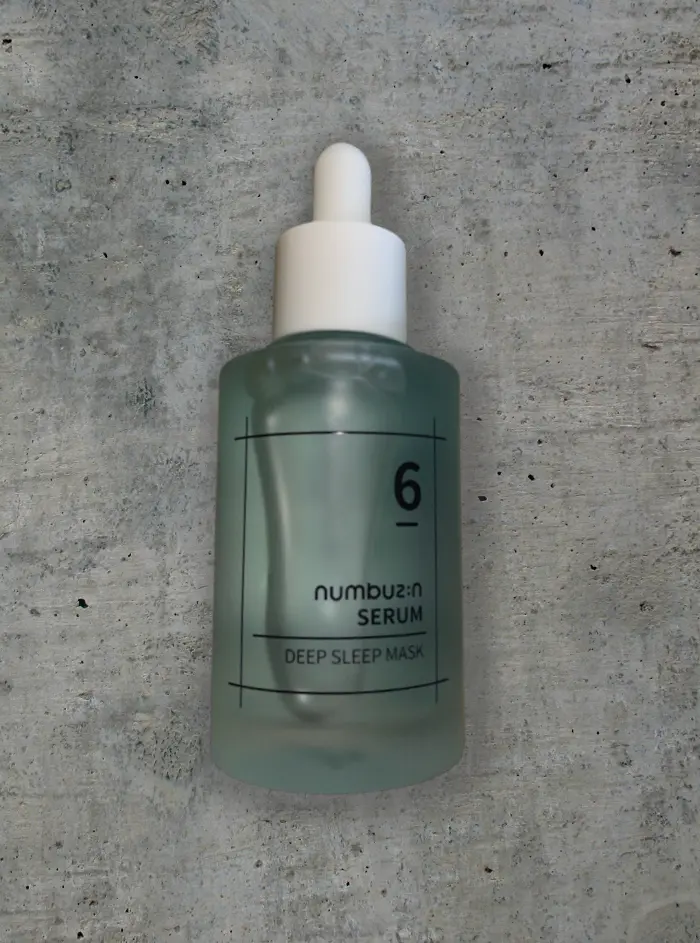
Numbuzin No. 6 Deep Sleep Mask Serum is a fantastic serum mask containing sodium PCA, butylene glycol, glycerin, four types of hyaluronic acid, and aloe vera. It hydrates and combats dull skin tone with a high concentration of glacial water. I use it now on nights when I feel I need a pick-me-up and extra moisture.
Numbuzin No. 6 Deep Sleep Mask Serum Ingredients List (last checked 2025)
Glacial Water (63%), Butylene Glycol, Propanediol, Glycerin, Niacinamide, 1,2-Hexanediol, Purified Water, Chlorella Vulgaris Extract, Xylitylglucoside, Sodium Hyaluronate, Hydrolyzed Hyaluronic Acid, Xylitol, Melia Azadirachta Leaf Extract, Melia Azadirachta Flower Extract, Coccinia Indica Fruit Extract, Aloe Barbadensis Flower Extract, Solanum Melongena (Eggplant) Fruit Extract, Ocimum Sanctum Leaf Extract, Corallina Officinalis Extract, Curcuma Longa (Turmeric) Root Extract, Hyaluronic Acid, Glycereth-26, Panthenol, Pentylene Glycol, Glucose, Sodium PCA, Anhydroxylitol, Fructooligosaccharides, Fructose, Polyglyceryl-10 Laurate, Sodium Citrate, Dipotassium Glycyrrhizate, Sodium Hyaluronate Crosspolymer, Ethylhexylglycerin, Adenosine, Hydrolyzed Glycosaminoglycans, Citric Acid, Benzyl Glycol, Tocopherol, Xanthan Gum.
Humectant/Moisturizing Active Herbs Brightening
Benton Aloe Propolis Soothing Gel
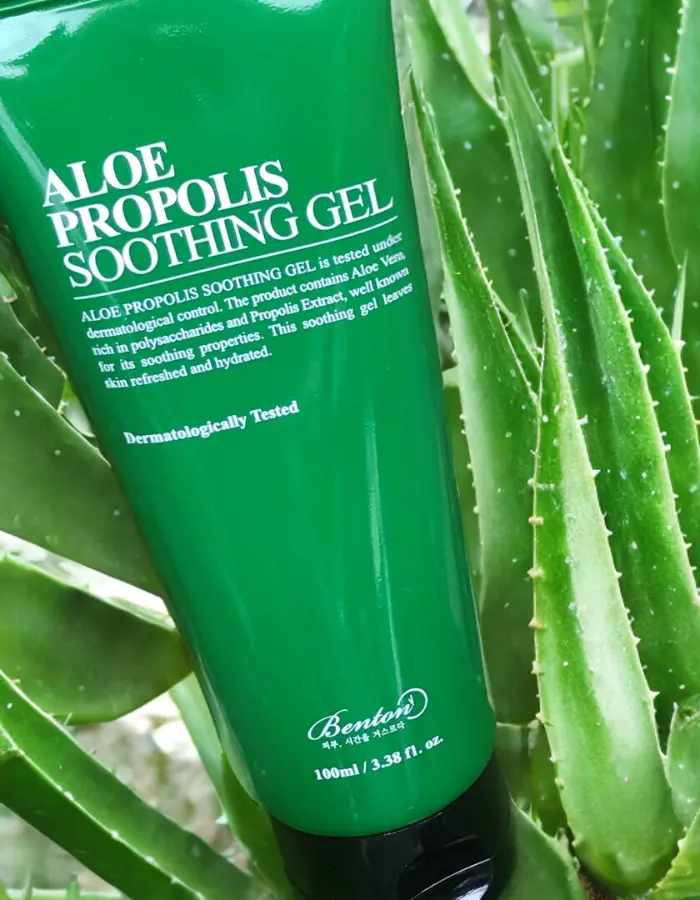
The Benton Aloe Propolis Soothing Gel is a favorite for aloe vera skincare products. It also contains bee propolis and was recently reformulated Houttuynia Cordata, aka heartleaf!
Benton Aloe Soothing Gel Ingredients List (last check 2025)
Aloe Barbadensis Leaf Juice(80%), Propolis Extract(83,320ppm), Pentylene Glycol, Butylene Glycol, 1,2-Hexanediol, Glycerin, Aloe Barbadensis Leaf Extract(4,000ppm), Betaine, Aqua (Water), Portulaca Oleracea Extract, Allantoin, Houttuynia Cordata Extract, Psidium Guajava Fruit Extract, Schisandra Chinensis Fruit Extract, Perilla Ocymoides Leaf Extract, Acorus Calamus Root Extract, Citrus Paradisi (Grapefruit) Fruit Extract, Caprylyl Glycol, Acrylates/C10-30 Alkyl Acrylate Crosspolymer, Arginine.
Ingredients referred from bentoncosmetics.com
Moisturizing/Humectant Herbal Fragrance
Holika Holika Good Cera Super Ceramide Cream
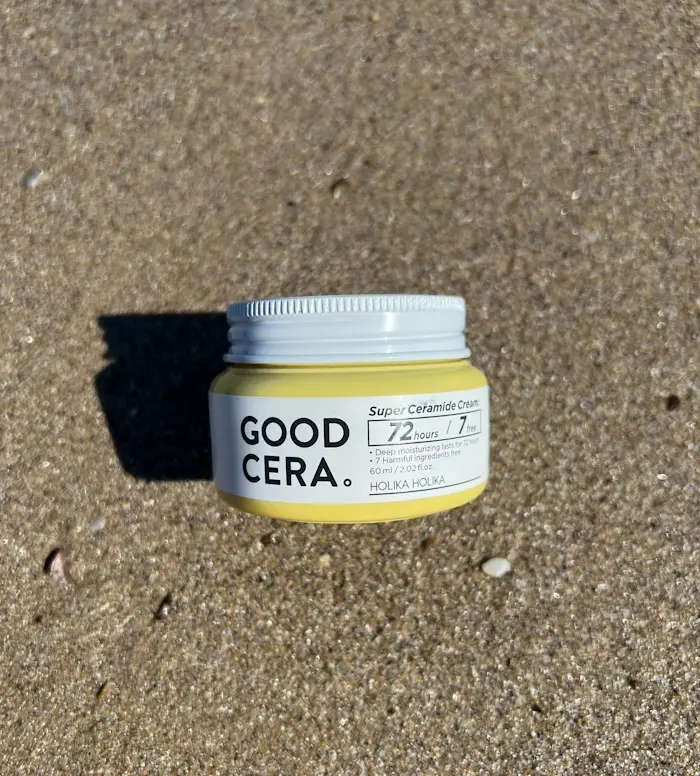
One of my favorite moisturizing creams containing glycerin is the Holika Holika Good Cera Super Ceramide Cream. This cream contains glycerin, listed as the third ingredient, and other humectants such as butylene glycol, three types of hyaluronic acid, and honey extract. The humectants in this cream blend beautifully with moisturizing ingredients and anti-oxidant, anti-aging herbs such as ginseng.
Belif The True Cream Moisturizing Bomb
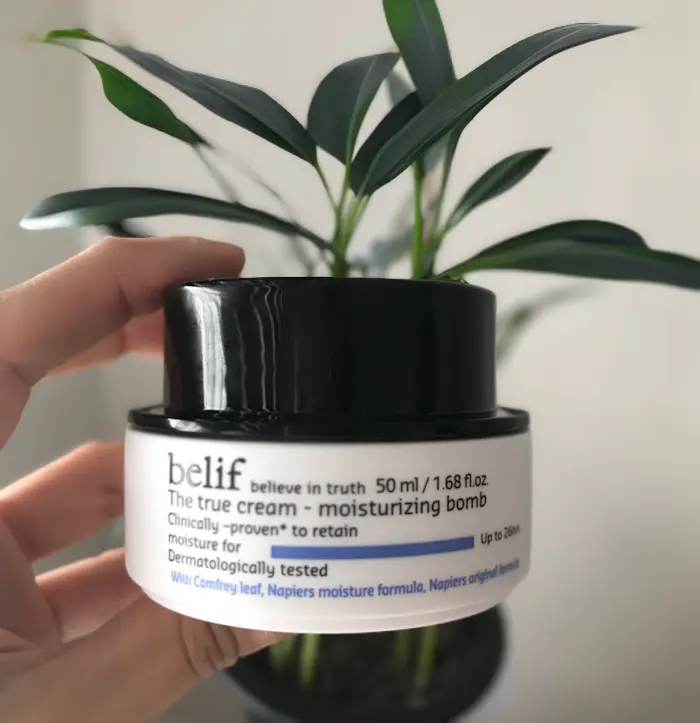
The Belif The True Cream Moisturizing Bomb is one of Belif’s best-selling products, and I’ve purchased it in addition to receiving it as a review sample. It’s a lovely creamy cream with an herbal scent that spreads very silky on the skin with a nice amount of slip. I find it to be one of those creams that I like to keep to fall back on when I get tired of product testing new creams — it’s a comfort zone and a perfect one. It doesn’t make my face sticky or greasy, but it gives it enough moisture to prevent me from waking up with dehydrated skin. The Belif Moisturizing Bomb features anti-inflammatory comfrey leaf and the proprietary Napiers herbal formula to comfort and moisturize skin.
My colleague Seo Yeon Lee raves about the Belif brand and the Moisturizing Bomb.
Belif The True Cream Moisturizing Bomb Ingredients List (last checked 2025)
Water, Glycerin, Cyclohexasiloxane, Hydrogenated Polydecene, Dipropylene Glycol, Macadamia Ternifolia Seed Oil, 1,2-Hexanediol, Bis-PEG-18 Methyl Ether Dimethyl Silane, Triethylhexanoin, Stearyl Alcohol, Glyceryl Stearate, Pentaerythrityl Tetraethylhexanoate, PEG-40 Stearate, Saccharomyces/Viscum Album (Mistletoe) Ferment Extract, Lactobacillus/Soybean Ferment Extract, Saccharomyces/Imperata Cylindrica Root Ferment Extract, Cetearyl Alcohol, Ceteayl Olivate, Sorbitan Olivate, Hydrogenated Lecithin, Sorbitan Stearate, Stearic Acid, PEG-100 Stearate, Dimethicone, Dimethicone/Vinyl Dimethicone Crosspolymer, Poncirus Trifoliata Fruit Extract, Panthenol, Avena Sativa (Oat) Kernel Extract, Calendula Officinalis Flower Extract, Nepeta Cataria Extract, Rubus Idaeus (Raspberry) Leaf Extract, Baptisia Tinctoria Root Extract, Stellaria Media (Chickweed) Extract, Alchemilla Vulgaris Leaf Extract, Viola Tricolor Extract, Rosa Damascena Flower Extract, Spiraea Ulmaria Flower Extract, Althaea Officinalis Root Extract, Symphytum Officinale Leaf Extract, Trifolium Pratense (Clover) Flower Extract, Achillea Millefolium Flower Extract, Euphrasia Officinalis Extract, Thuja Occidentalis Leaf Extract, Menyanthes Trifoliata Leaf Extract, Salix Alba (Willow) Bark Extract, Chelidonium Majus Extract, Urea, Hydroxyethylpiperazine Ethane Sulfonic Acid, Glycosyl Trehalose, Hydrogenated Starch Hydrolysate, Acrylates/C10-30 Alkyl Acrylate Crosspolymer, Carbomer, Xanthan Gum, Trisodium EDTA, Tromethamine, Fragrance, Citronellol, Limonene.
Herbs Ferments Humectant/Moisturizer Fragrance
Holika Holika Good Cera Super Ceramide Cream Ingredients List [last checked 2025]
Water, Butylene Glycol, Glycerin, Cyclopentasiloxane, Butylene Glycol Dicaprylate/Dicaprate, Ethylhexyl Isononanoate, Hydrogenated Polyisobutene, Glyceryl Stearate, 1,2-Hexanediol, Cetearyl Alcohol, Stearic Acid, Polysorbate 60, Polyglyceryl-3 Methylglucose Distearate, Pentaerythrityl Tetraethylhexanoate, Stearyl Behenate, Dimethicone, Dimethicone/Vinyl Dimethicone Crosspolymer, Cetearyl Glucoside, Phytosteryl/ Isostearyl/ Cetyl/ Stearyl/Behenyl Dimer Dilinoleate, Ceramide Np, Hydrogenated Polydecene, Butyrospermum Parkii (Shea) Butter, Ceteareth-20, Glyceryl Citrate/Lactate/Linoleate/Oleate, Hydroxypropyl Bispalmitamide Mea, Glycosphingolipids, Ceramide Ap, Meadowfoam Estolide, Glycine Soja (Soybean) Sterols, Caprylic/Capric Triglyceride, Ceramide Eop, Glyceryl Polymethacrylate, Aleuritic Acid, Yeast Extract, Glycoproteins, Betaine, Sodium Hyaluronate, Polyquaternium-51, Cocos Nucifera Oil (Coconut Oil), Aloe Barbadensis Leaf Extract, Hydroxyethyl Acrylate/Sodium Acryloyldimethyl Taurate Copolymer, Squalane, Carbomer, Tromethamine, Tocopheryl Acetate, Glycerylamidoethyl Methacrylate/Stearyl Methacrylate Copolymer, Alteromonas Ferment Extract, Bacillus Ferment, Propylene Glycol, Theobroma Cacao (Cocoa) Seed Extract, Dipropylene Glycol, Lavandula Angustifolia (Lavender) Oil, Citrus Grandis (Grapefruit) Peel Oil, Cymbopogon Citratus Leaf Oil, Pelargonium Graveolens Oil, Citrus Aurantium Dulcis (Orange) Peel Oil, Pogostemon Cablin Oil, Santalum Album (Sandalwood) Oil, Chamomilla Recutita (Matricaria) Flower Oil, Niacinamide, Allantoin, Disodium Edta, Ethylhexylglycerin.
Humectant/Moisturizing Ferment Active Fragrance
The Beauty of Joseon Dynasty Cream
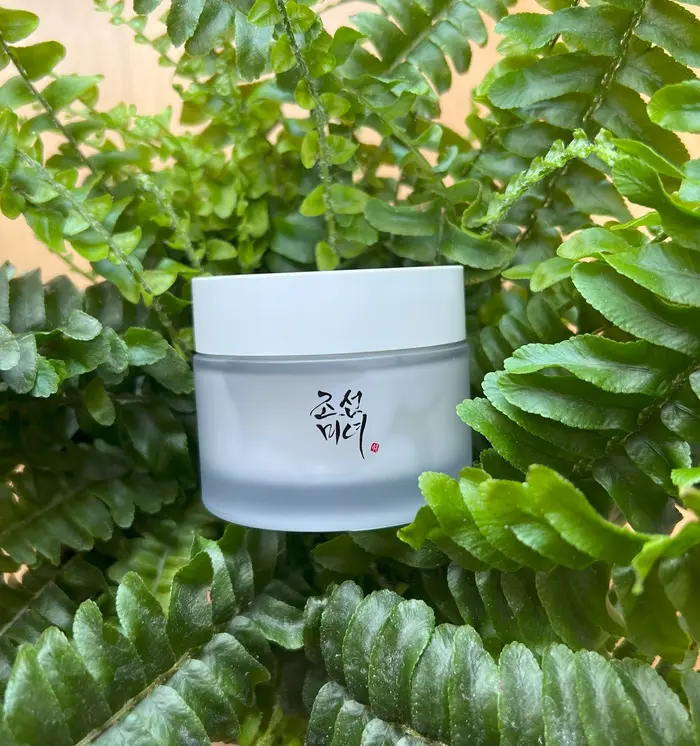
Beauty of Joseon is one of my favorite Korean brands, as it generally has very hydrating and gentle products.
One of my favorite moisturizing creams containing honey is the Beauty of Joseon Dynasty Cream. I like Beauty of Joseon Dynasty Cream because it’s incredibly affordable but still a high-quality product.
The moisturizer comes in lovely, elegant packaging and feels premium.
The Beauty of Joseon Dynasty Cream has an exceptional texture. The face cream is airy and almost like a gel-type cream, but at the same time, it’s dense and gluey, similar to snail creams. Even though the texture is relatively light, the cream still feels rich and sturdy in some way.
This cream also contains humectants, such as glycerin, butylene glycol, and three types of hyaluronic acid. The humectants in this cream blend beautifully with moisturizing ingredients and anti-oxidant, anti-aging herbs such as ginseng.
Therefore, the Beauty of Joseon Dynasty Cream nourishes and moisturizes, and the skin is immediately softened and hydrated. I recommend the Beauty of Joseon Dynasty Cream for mature skin treating wrinkles and lines. Also, for dry skin types and possibly even combination skin. You can also use Beauty of Joseon Dynasty Cream as a massage cream or a sleeping pack.
Beauty of Joseon Dynasty Cream Ingredients List (last checked 2025)
Water, Oryza Sativa (Rice) Bran Water, Glycerin, Panax Ginseng Root Water, Hydrogenated Polydecene, 1,2-Hexanediol, Niacinamide, Squalane, Butylene Glycol, Propanediol, Dicaprylate/Dicaprate, Cetearyl Olivate, Sorbitan Olivate, Ammonium acryloyldimethyltaurate/VP Copolymer, Xanthan Gum, Acrylates/C10-30 Alkyl Acrylate Crosspolymer, Tromethamine, Carthamus Tinctorius (Safflower) Seed Oil, Hydrogenated Coconut Oil, Glyceryl Acrylate/Acrylic Acid Copolymer, Ethylhexylglycerin, Adenosine, Caprylic/Capric Triglyceride, Disodium EDTA, Hyaluronic Acid, Hydrolyzed Hyaluronic Acid, Sodium Hyaluronate, Honey Extract, Ceramide NP, Hydrogenated Lecithin, Coptis Japonica Root Extract, Raphanus Sativus (Radish) Seed Extract, Lycium Chinense Fruit Extract, Theobroma Cacao (Cocoa) Seed Extract, Phellinus Linteus Extract, Dextrin, Scutellaria Baicalensis Root Extract.
Humectant/Moisturizing Active Herbs
Beauty of Joseon Ginseng Moist Sun Serum

I wanted to include sunscreen to show you that you can add humectants from the first to the last step of your routine.
The Beauty of Joseon Ginseng Moist Sun Serum was launched recently (2023) and is one of the best chemical sunscreens. It doesn’t leave a white cast and has a dreamy, silky finish!
Beauty of Joseon Ginseng Moist Sun Serum Ingredients List (product launched in 2023)
Water, Panax Ginseng Root Extract, Dibutyl Adipate, Diethylamino Hydroxybenzoyl Hexyl Benzoate, Bis-Ethylhexyloxyphenol, Methoxyphenyl Triazine, Alcohol, Acrylates Copolymer, Butyloctyl Salicylate, C12-15 Alkyl Benzoate, Ethylhexyl Triazone, Niacinamide, Phenethyl Benzoate, Panax Ginseng Berry Extract, Panax Ginseng Extract, Panax Ginseng Leaf/Stem Extract, Silica, Methylpropanediol, Olea Europaea (Olive) Fruit Oil, Amyris Balsamifera Bark Oil, Angelica Archangelica Root Oil, Citrus Aurantium Amara (Bitter Orange) Leaf/Twig Oil, Ferula Galbaniflua (Galbanum) Resin Oil, Jasminum Officinale (Jasmine) Oil, Panax Ginseng Root Extract, Isoamyl p-Methoxycinnamate, Polysilicone-15, Polymethylsilsesquioxane, 1,2-Hexanediol, Dibutyl Lauroyl Glutamide, Pentylene Glycol, Dibutyl Ethylhexanoyl Glutamide, Ammonium Acryloyldimethyltaurate/VP Copolymer, Sodium Acrylates Crosspolymer-2, Sodium Polyacryloyldimethyl Taurate, C30-45 Alkyldimethylsilyl Polypropylsilsesquioxane, Hydroxyacetophenone, Adenosine, Glycerin, Butylene Glycol, Ethyl Hexanediol, Tocopherol, Ethylhexylglycerin, Xanthan Gum, Disodium EDTA.
Ingredients referred from the Beauty of Joseon official website.
Sunscreen filter Herbal Moisturizer/Humectant Emollient Active Potential irritant Fragrance
Final Thoughts
Our skin already contains its hydrating system, which is comprised of a group of humectant compounds such as glycerin and urea. However, some people, particularly those with dehydrated skin and skin conditions such as dermatitis, lack some or nearly all of these compounds. Also, as we age, the concentration of these natural humectants decreases in our skin.
It’s essential to keep our skin hydrated, as dehydrated skin can lead to loss of barrier function and irritation, as well as increasing fine lines and wrinkles.
I’ve mentioned a lot of humectant ingredients for you to include in your skincare routine, but to recap – glycerin, hyaluronic acid, and urea are probably the best ones.
However, some of the other humectants I mentioned are great options, too, as they provide more than just hydration for the skin. For example, allantoin and aloe vera are incredibly soothing, while snail mucin has anti-aging and wound-healing properties.
I hope this helps shed light on the beauty industry’s hype around humectants for the skin. This certainly won’t be the last time I discuss this subject. Still, I think it’s essential always to make sure that whatever steps you choose to incorporate, you do them for your enjoyment and satisfaction with the intent of bringing contentment and kindness to yourself.
Show Me Proof
- Lee, Noo Ri, Hae-Jin Lee, Na Young Yoon, Donghye Kim, Minyoung Jung, and Eung Ho Choi. “Application of topical acids improves atopic dermatitis in murine model by enhancement of skin barrier functions regardless of the origin of acids.” Annals of dermatology 28, no. 6 (2016): 690-696. (ph)
- Chou, Tzu-Chieh, Kuen-Huei Lin, Shih-Min Wang, Chia-Wei Lee, Shih-Bin Su, Tung-Sheng Shih, and Ho-Yuan Chang. “Transepidermal water loss and skin capacitance alterations among workers in an ultra-low humidity environment.” Archives of dermatological research 296 (2005): 489-495. (tewl humidity)
- Chularojanamontri, Leena, Papapit Tuchinda, Kanokvalai Kulthanan, and Kamolwan Pongparit. “Moisturizers for acne: What are their constituents?.” The Journal of clinical and aesthetic dermatology 7, no. 5 (2014): 36. (glyc hydrates)
- Verdier‐Sévrain, Sylvie, and Frédéric Bonté. “Skin hydration: a review on its molecular mechanisms.” Journal of cosmetic dermatology 6, no. 2 (2007): 75-82. (glycerin NMF)
- Milani, Massimo, and Adele Sparavigna. “The 24-hour skin hydration and barrier function effects of a hyaluronic 1%, glycerin 5%, and Centella asiatica stem cells extract moisturizing fluid: an intra-subject, randomized, assessor-blinded study.” Clinical, cosmetic and investigational dermatology (2017): 311-315. (centella and HA)
- Bernstein, Eric F., Jason Lee, Douglas B. Brown, Ruey Yu, and Eugene Van Scott. “Glycolic acid treatment increases type I collagen mRNA and hyaluronic acid content of human skin.” Dermatologic Surgery 27, no. 5 (2001): 429-433. (glycolic AHA)
- Wang, Jing, Weihua Jin, Yun Hou, Xizhen Niu, Hong Zhang, and Quanbin Zhang. “Chemical composition and moisture-absorption/retention ability of polysaccharides extracted from five algae.” International journal of biological macromolecules 57 (2013): 26-29.
- Kim, Ji Hye, Jae-Eun Lee, Kyoung Heon Kim, and Nam Joo Kang. “Beneficial effects of marine algae-derived carbohydrates for skin health.” Marine drugs 16, no. 11 (2018): 459.
- Araújo, Lorena Ulhôa, Andrea Grabe-Guimarães, Vanessa Carla Furtado Mosqueira, Claudia Martins Carneiro, and Neila Márcia Silva-Barcellos. “Profile of wound healing process induced by allantoin.” Acta Cirurgica Brasileira 25 (2010): 460-461.
- Savić, Vesna Lj, Vesna D. Nikolić, Ivana A. Arsić, Ljiljana P. Stanojević, Stevo J. Najman, Sanja Stojanović, and Ivana I. Mladenović‐Ranisavljević. “Comparative study of the biological activity of allantoin and aqueous extract of the comfrey root.” Phytotherapy Research 29, no. 8 (2015): 1117-1122.
- Muizzuddin, Neelam, Michael Ingrassia, Kenneth D. Marenus, Daniel H. Maes, and Thomas Mammone. “Effect of seasonal and geographical differences on skin and effect of treatment with an osmoprotectant: Sorbitol.” Journal of Cosmetic Science 64, no. 3 (2013): 165-174.

